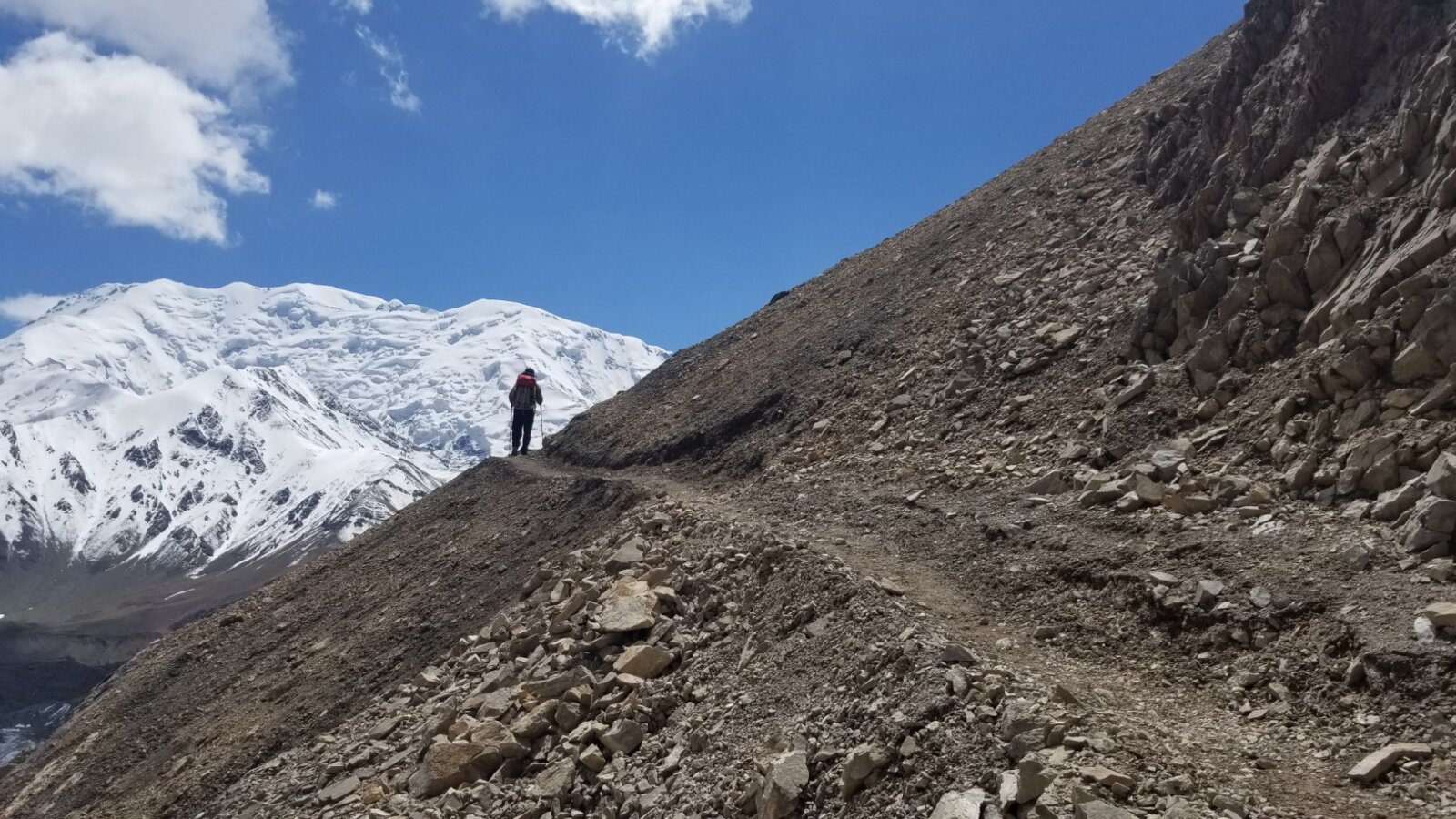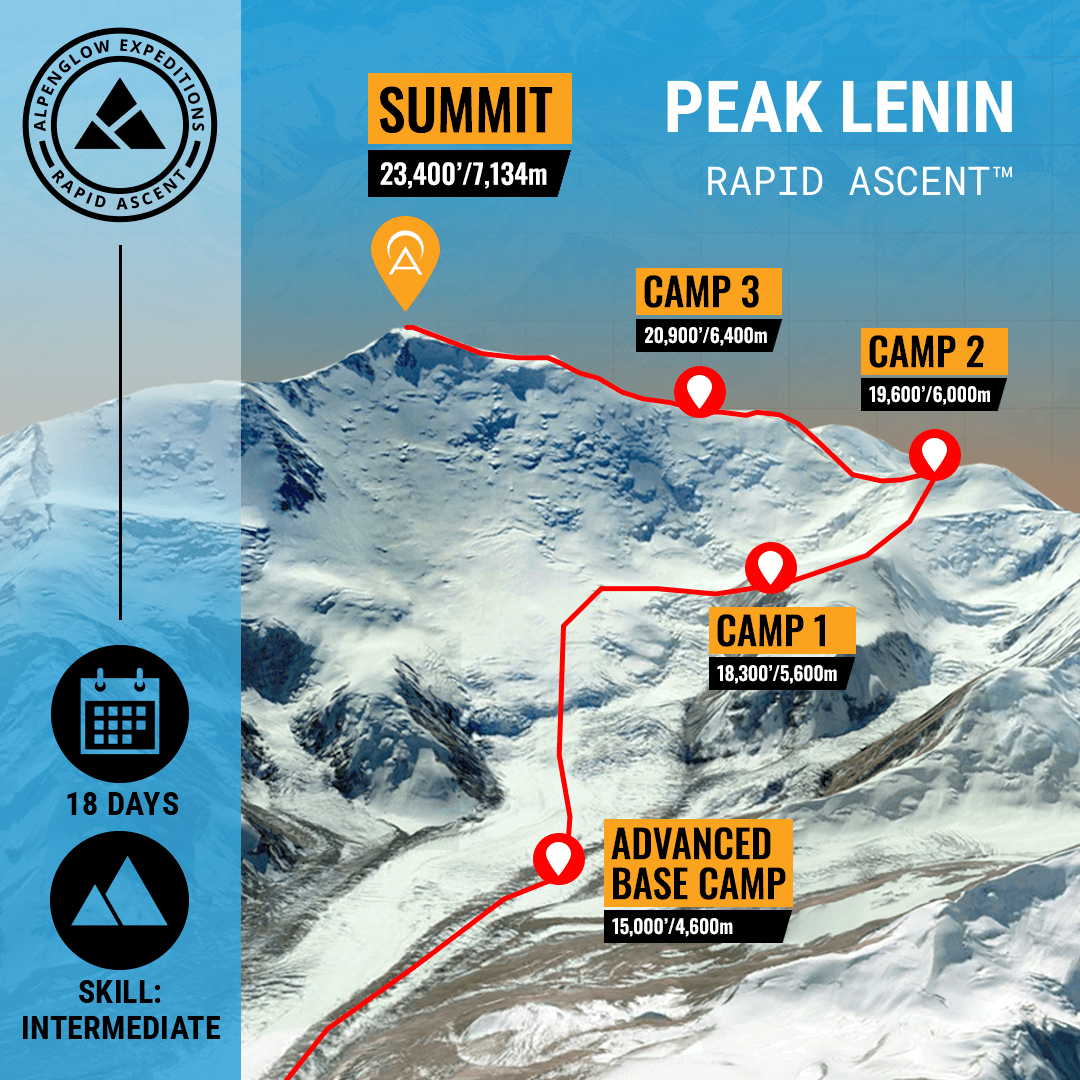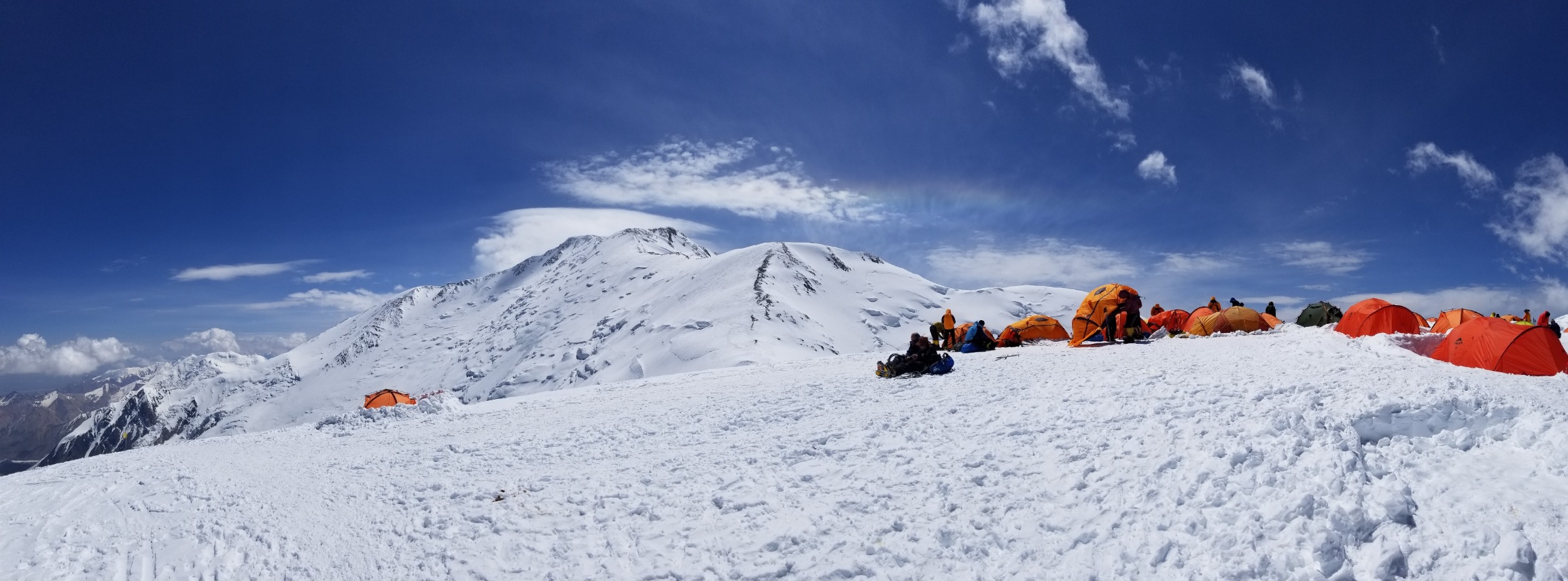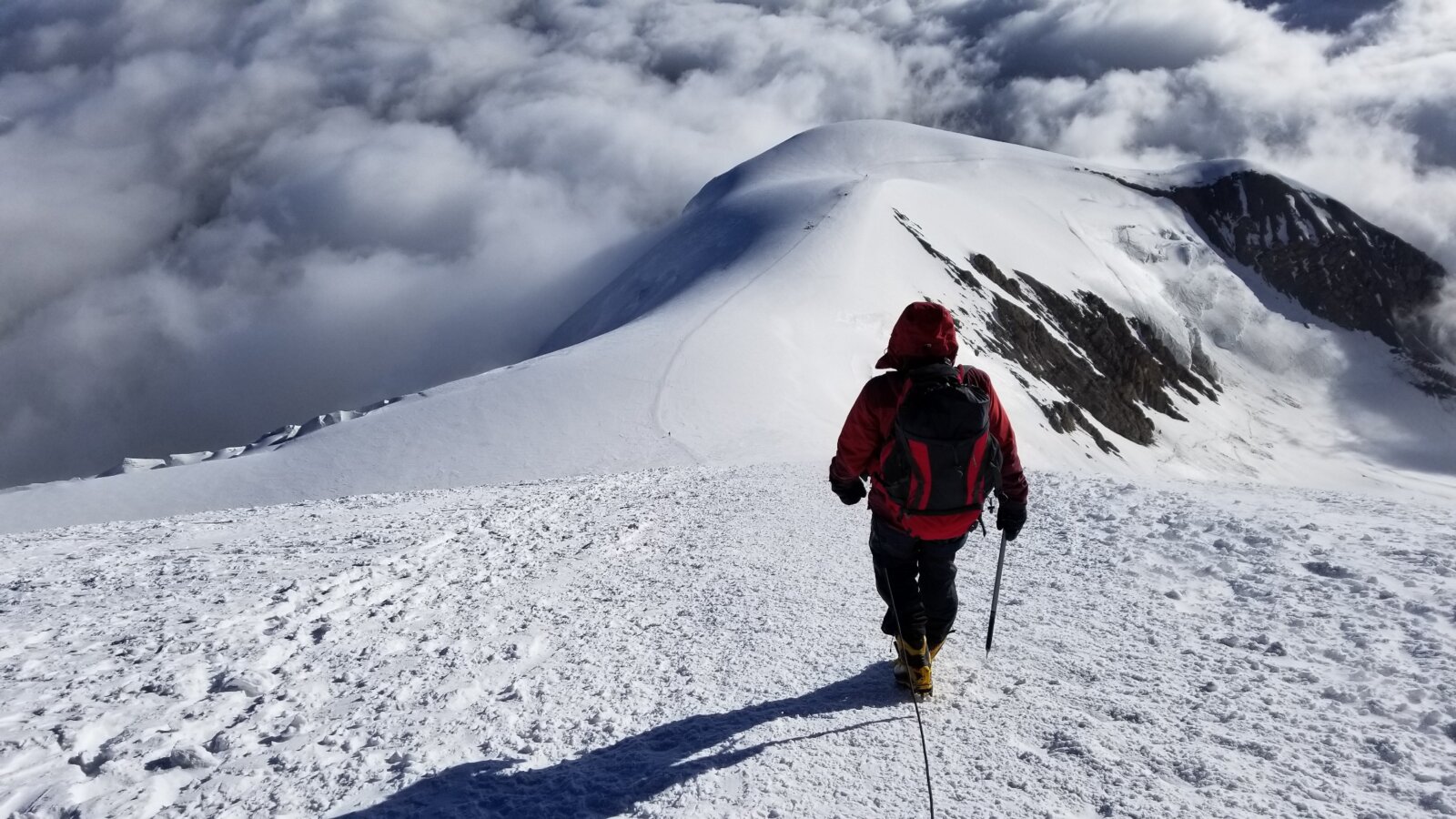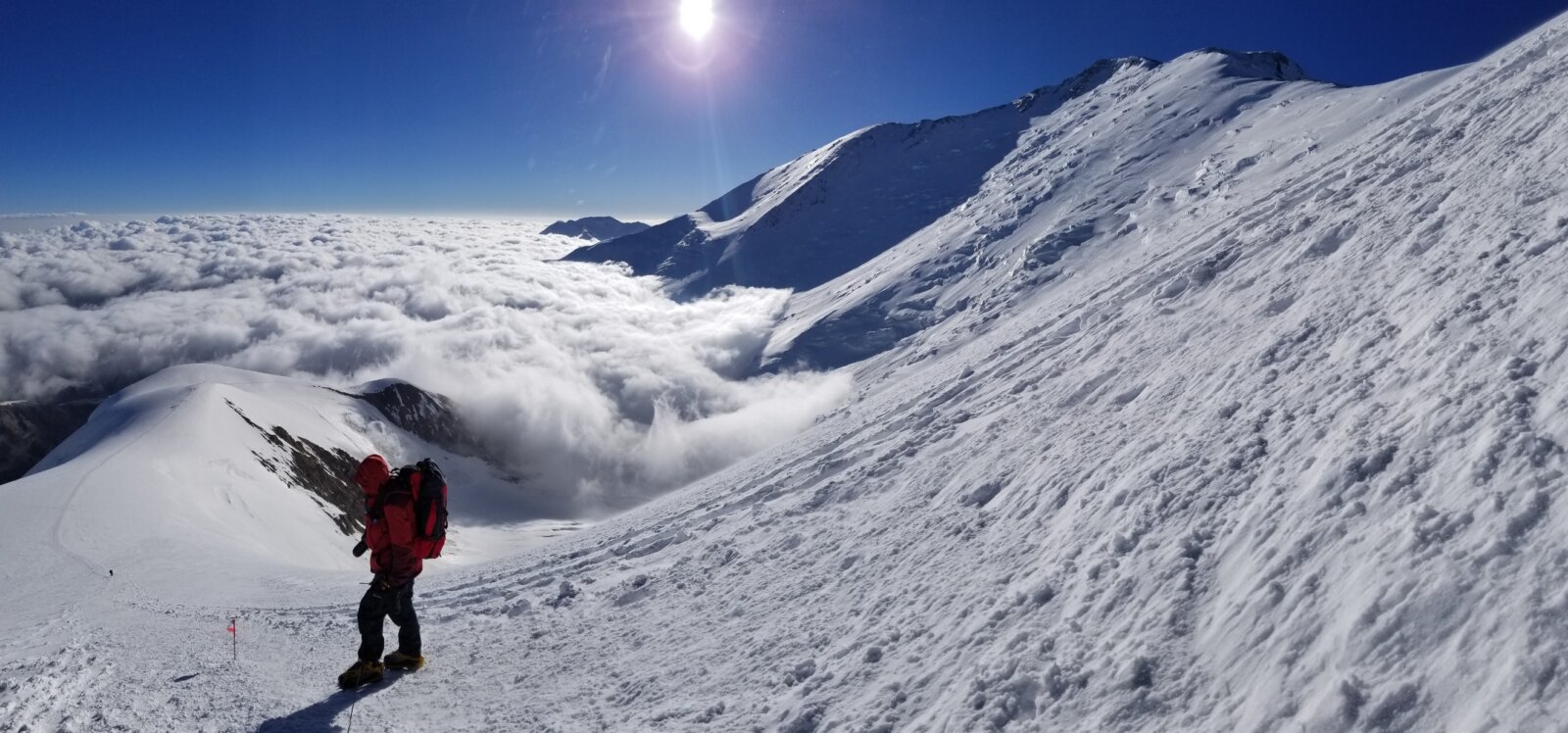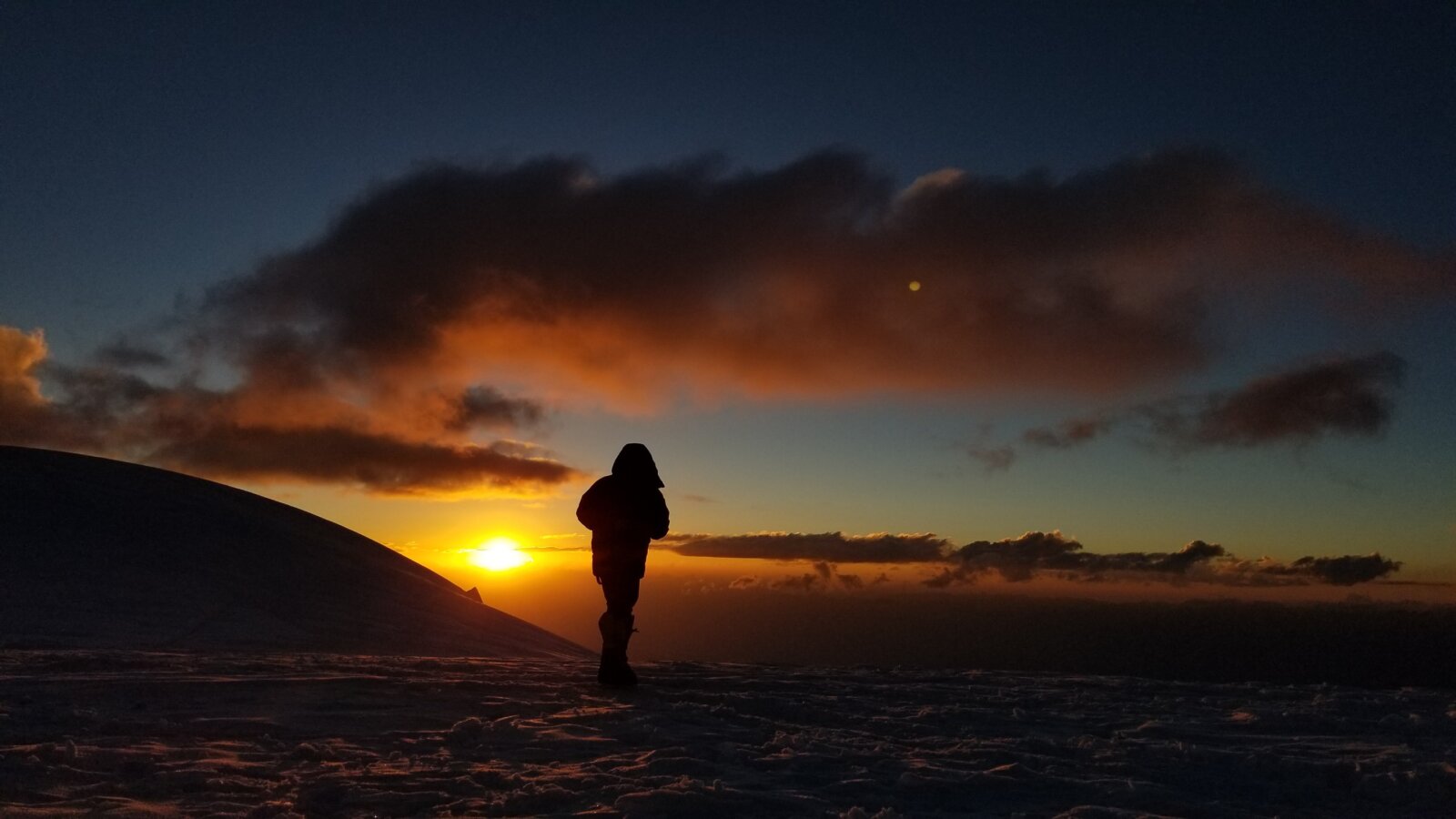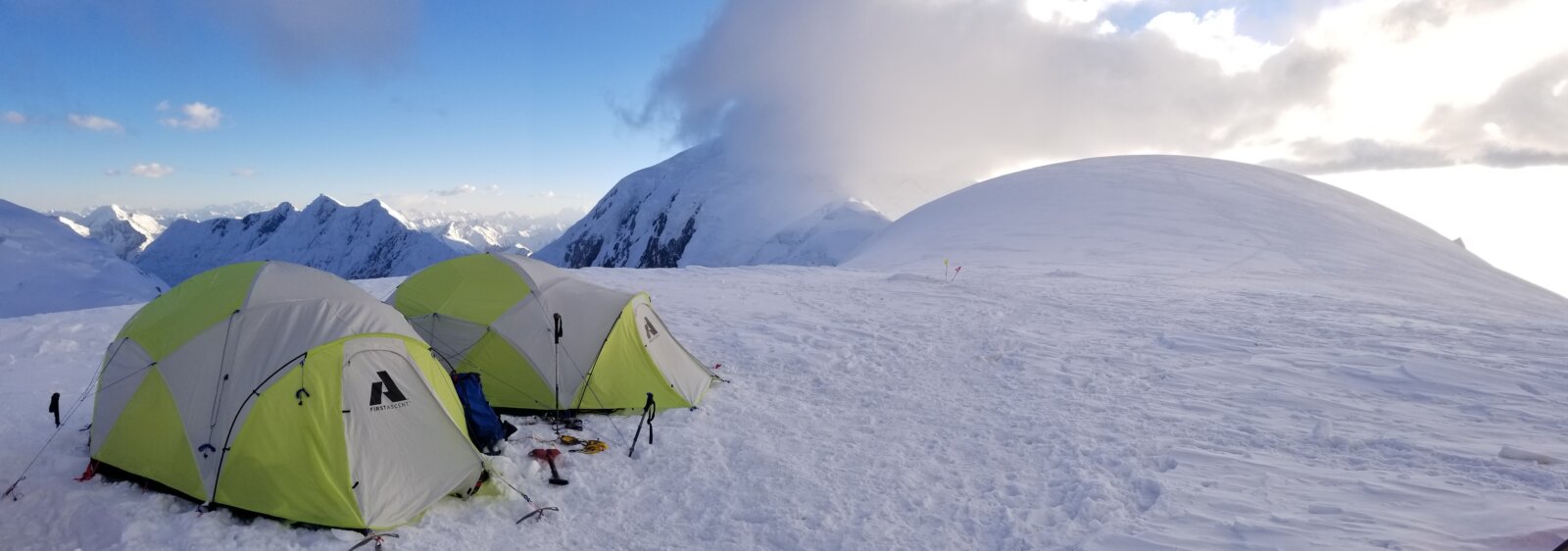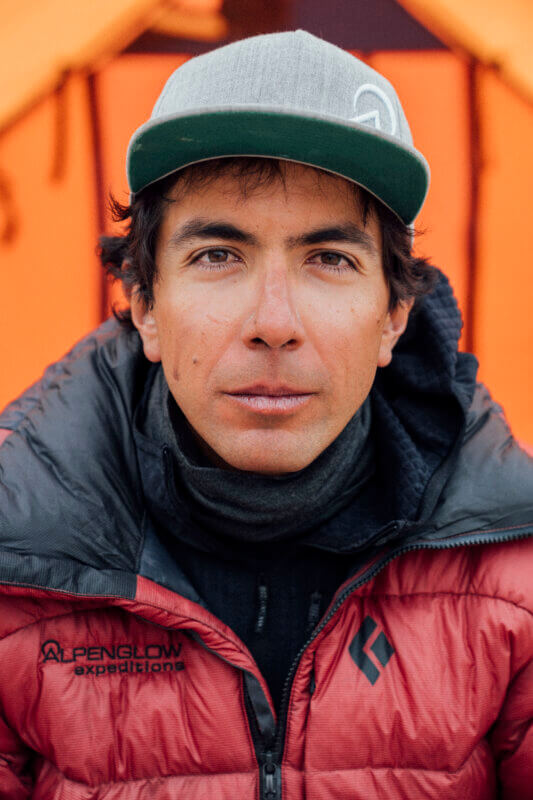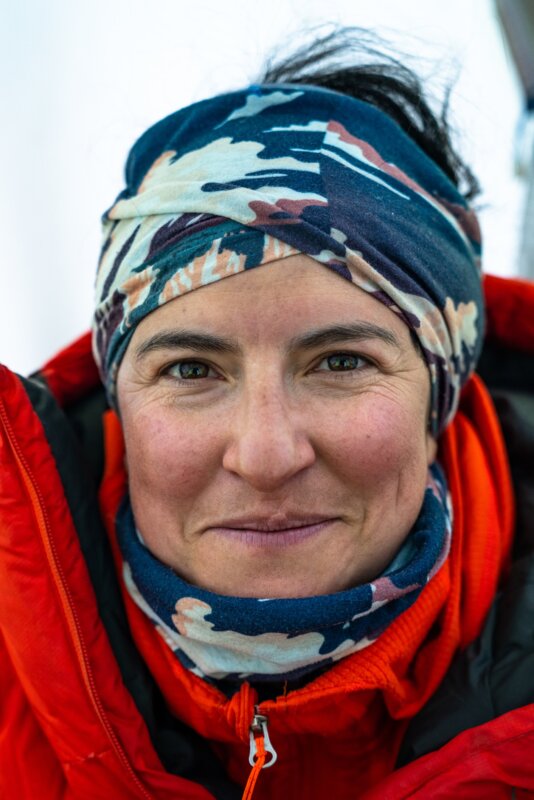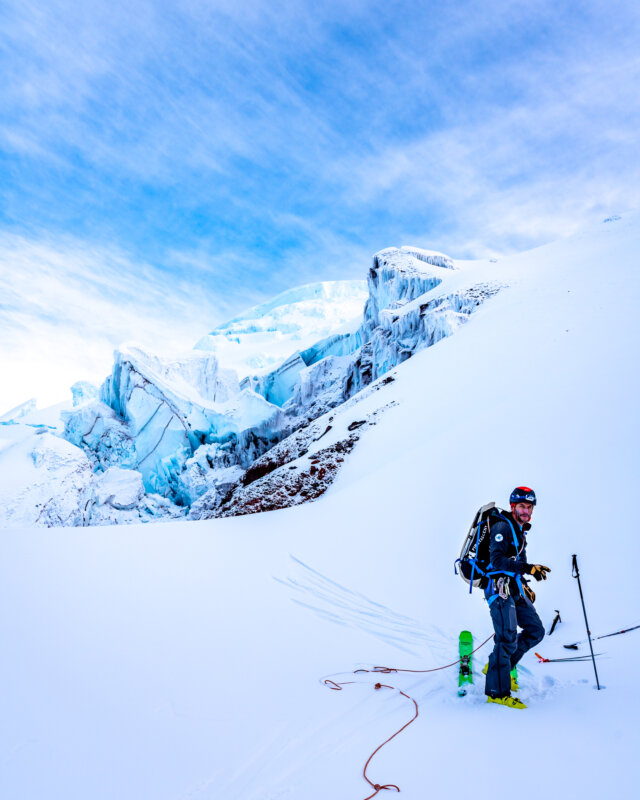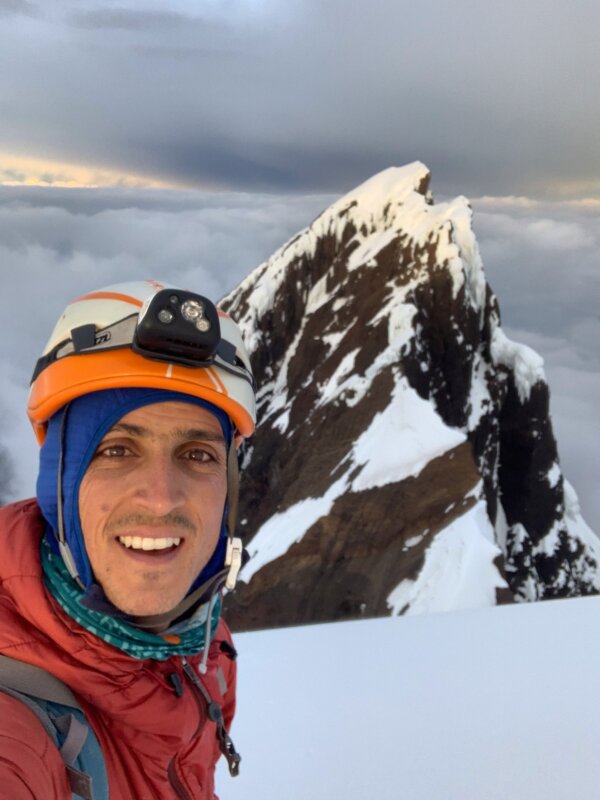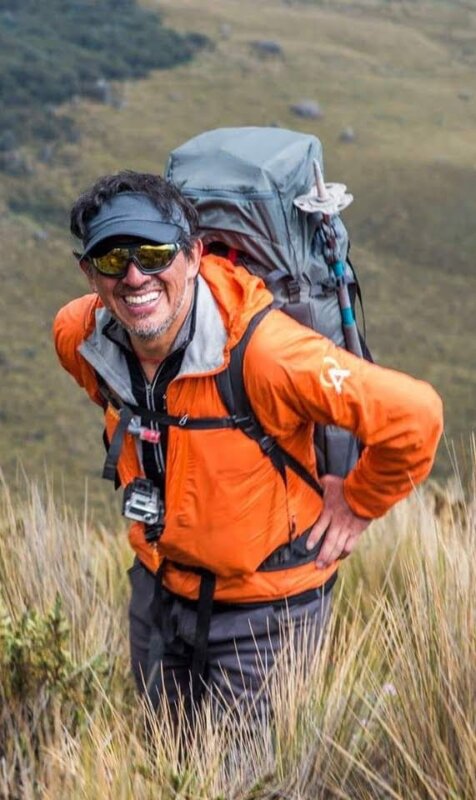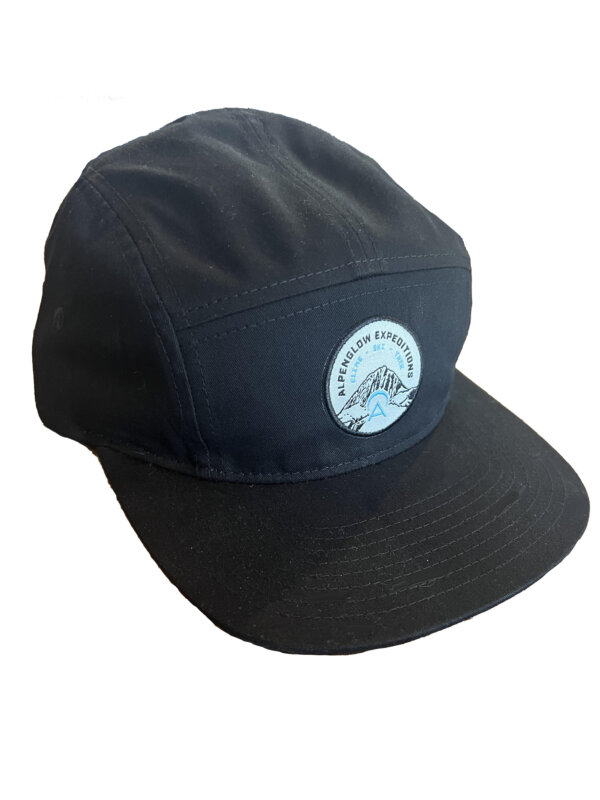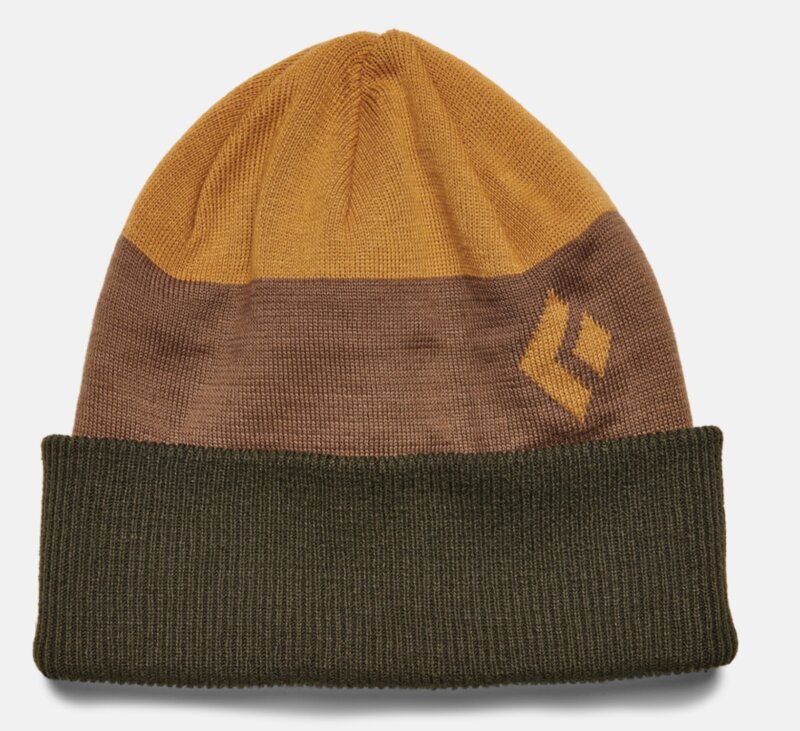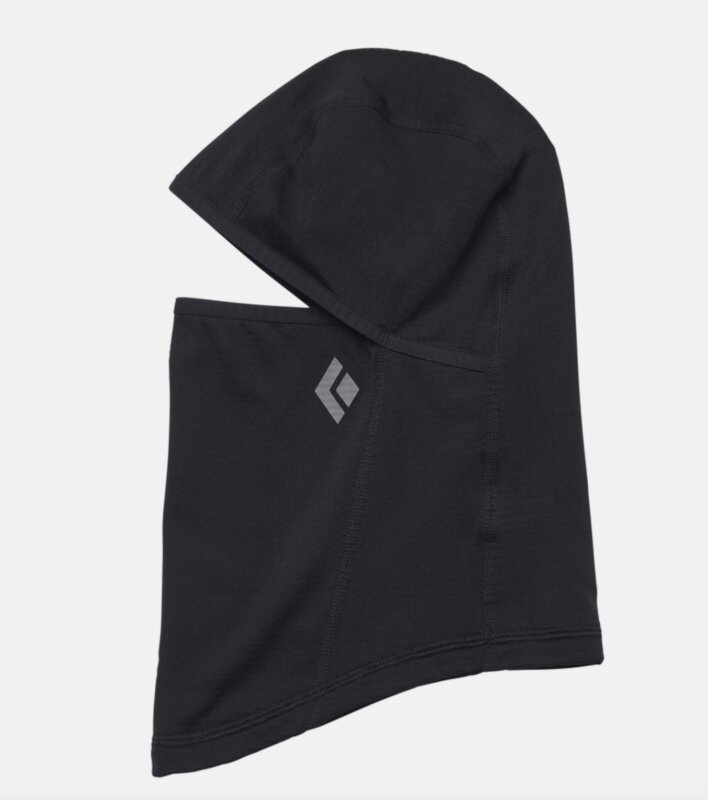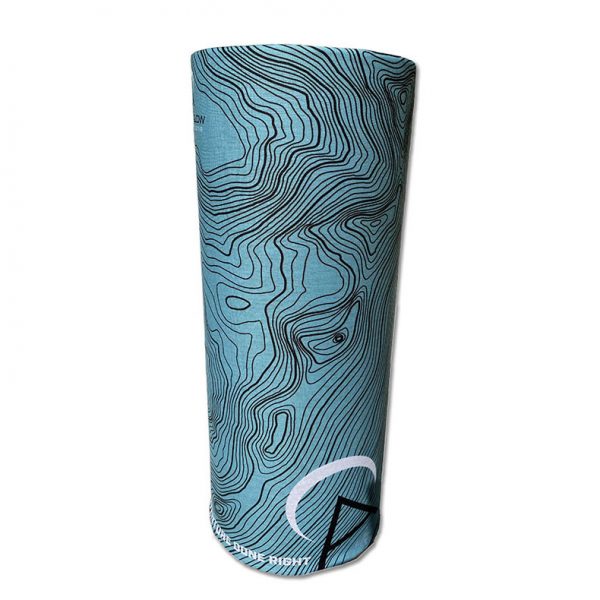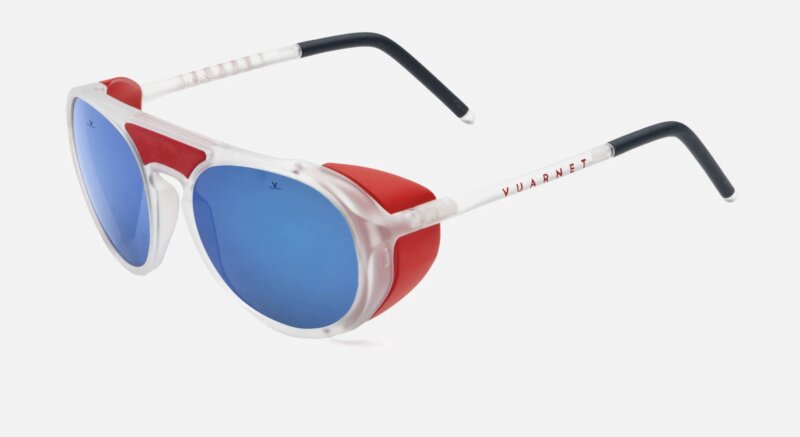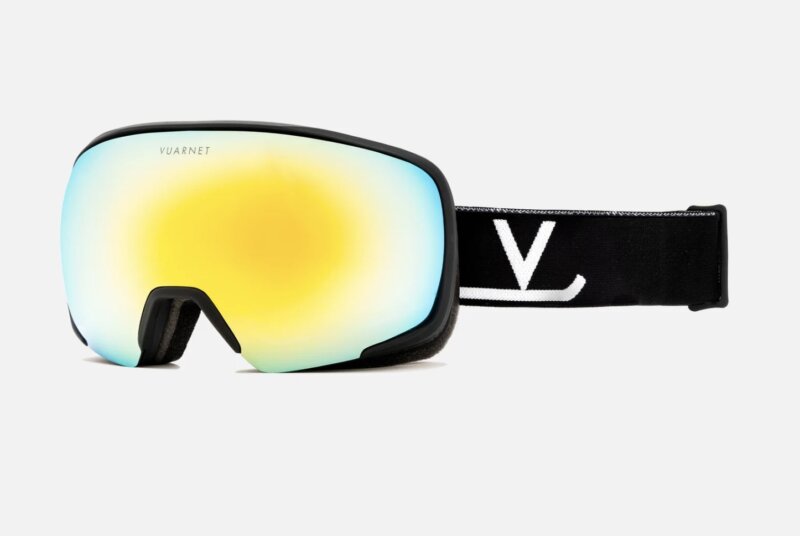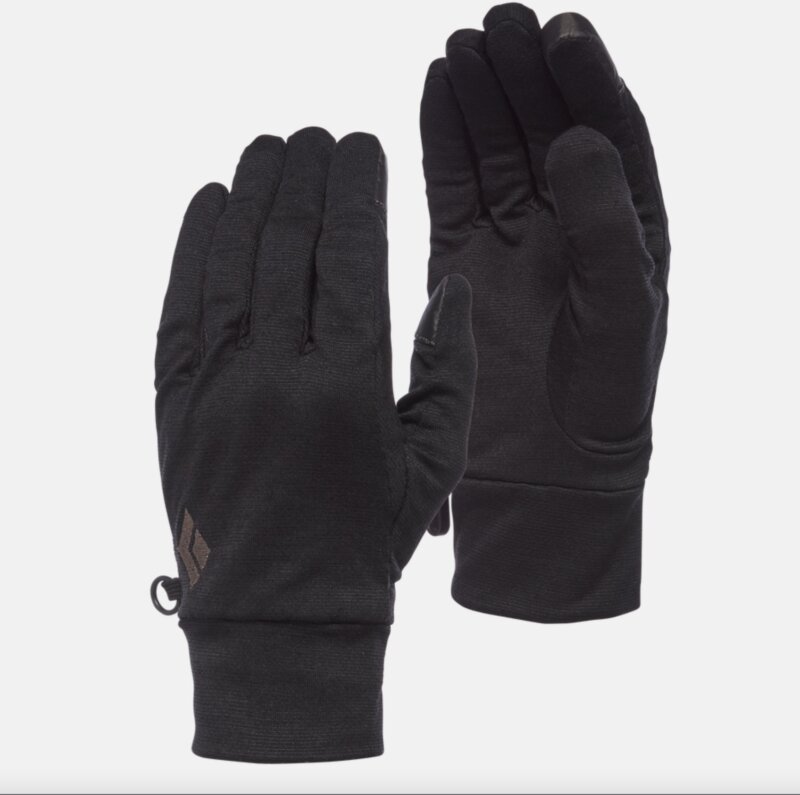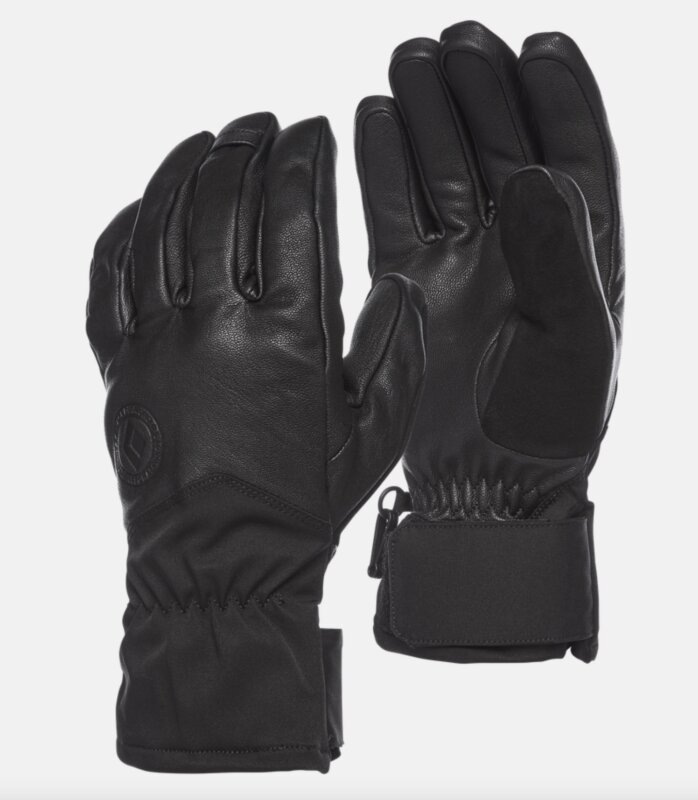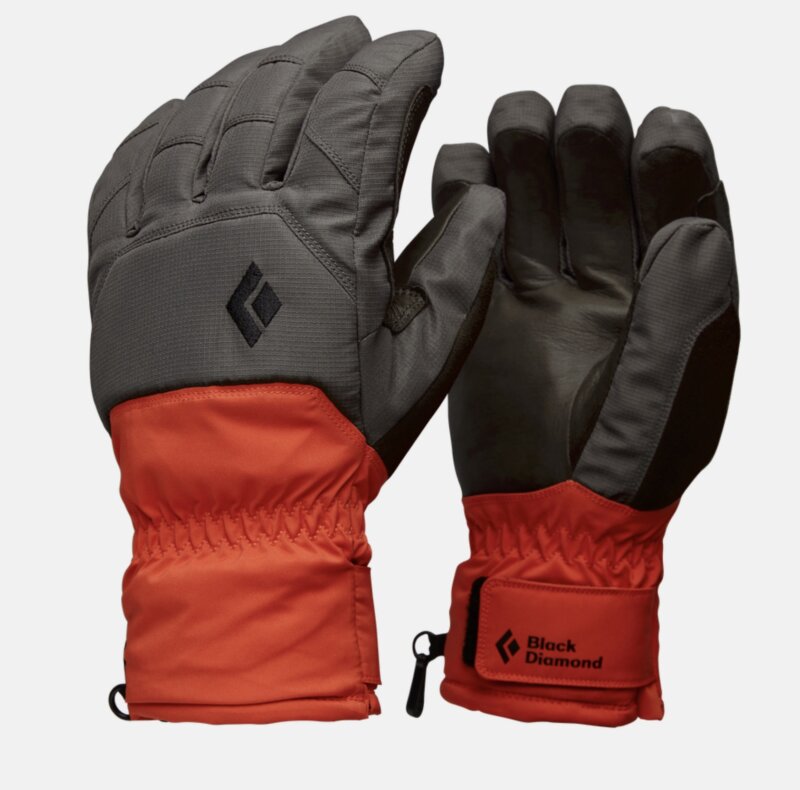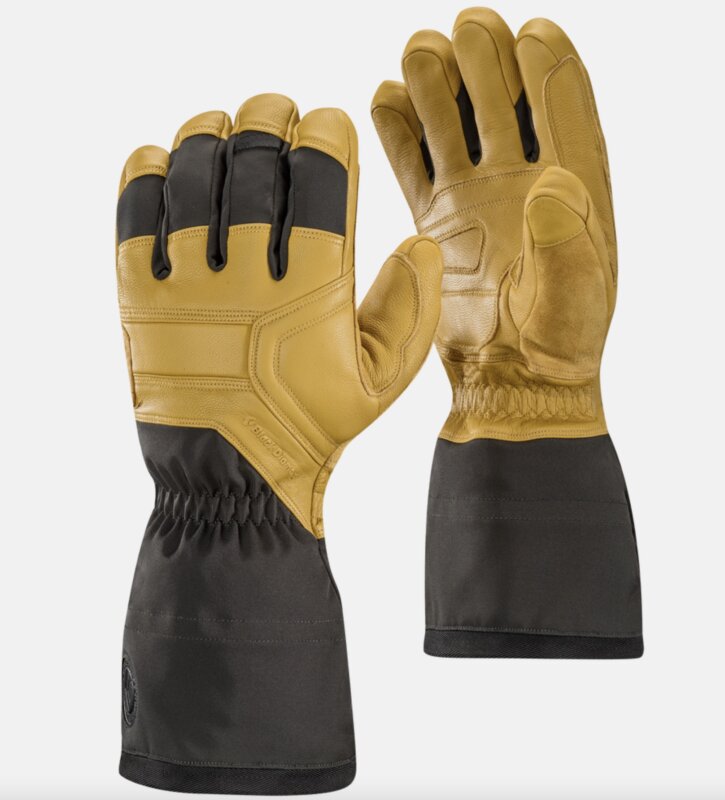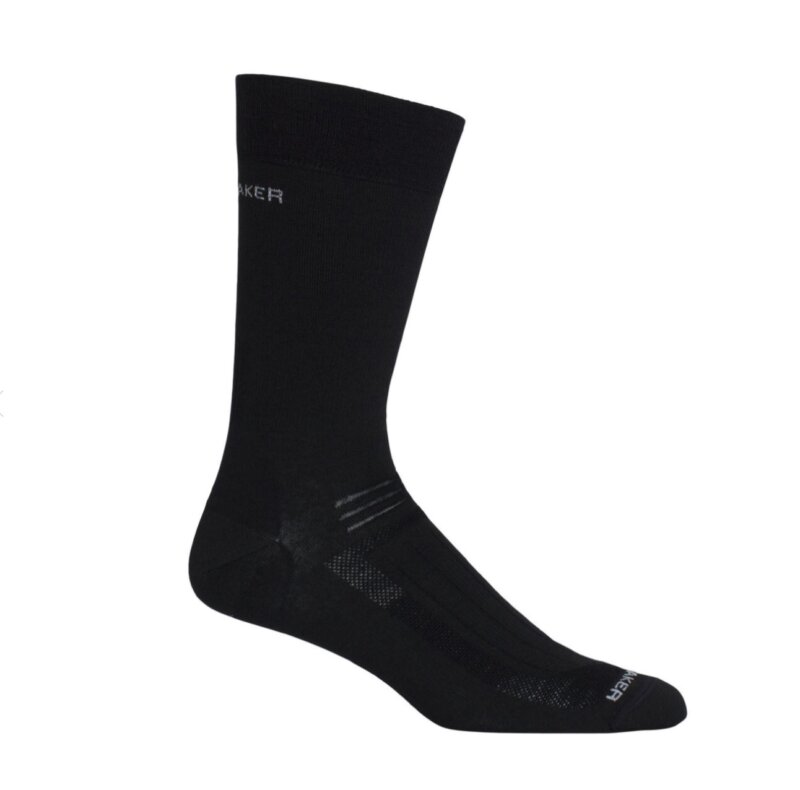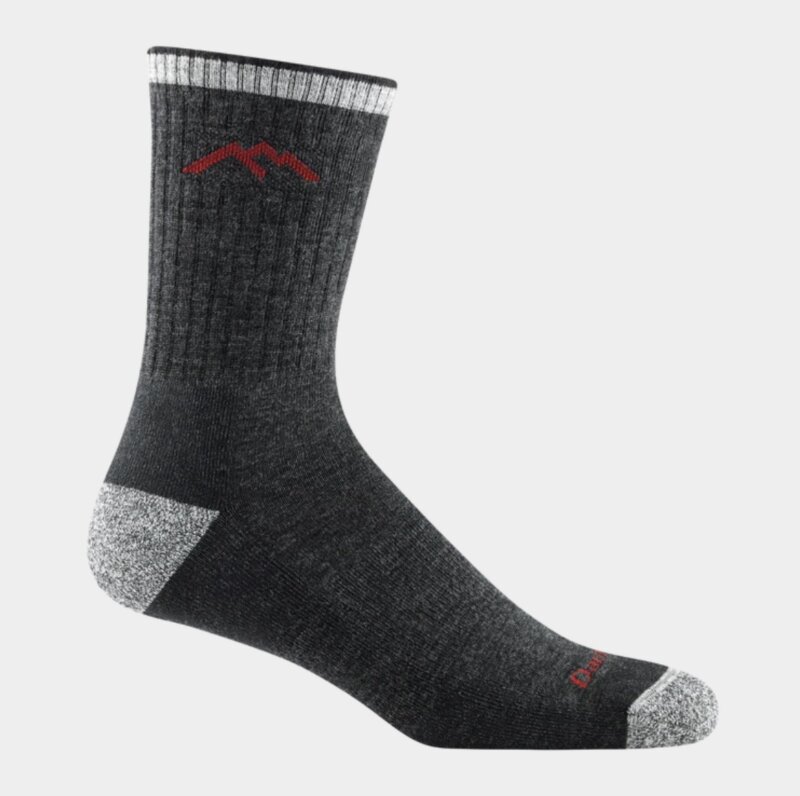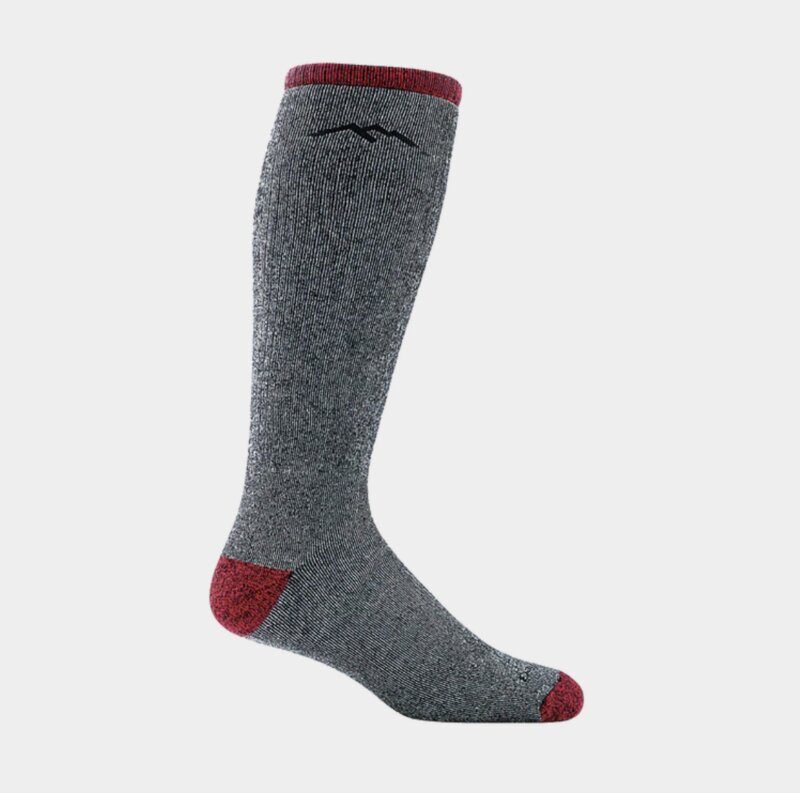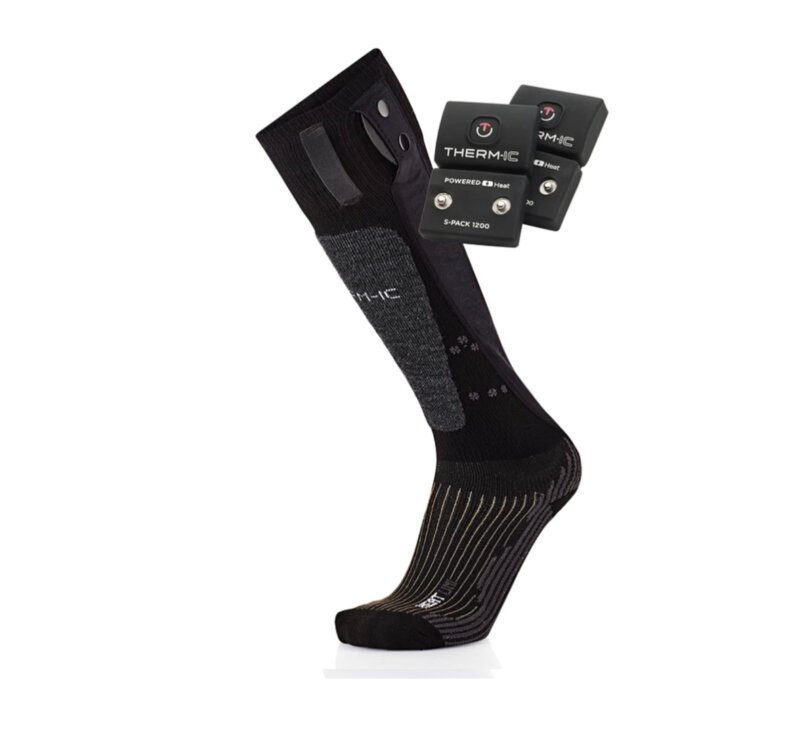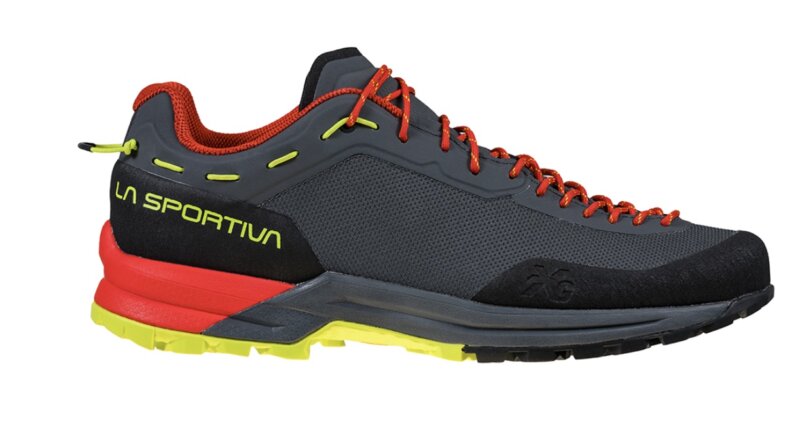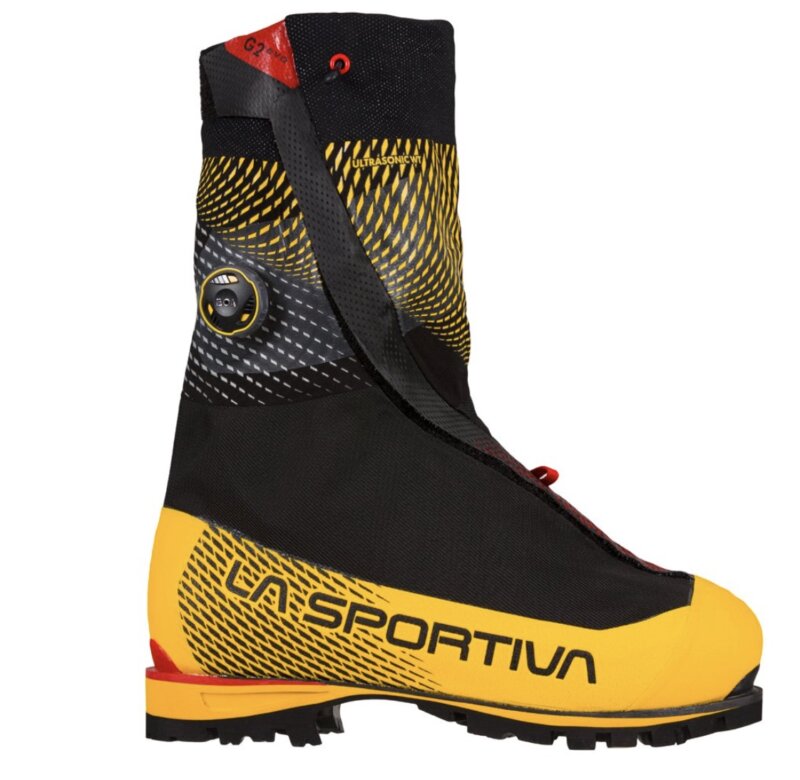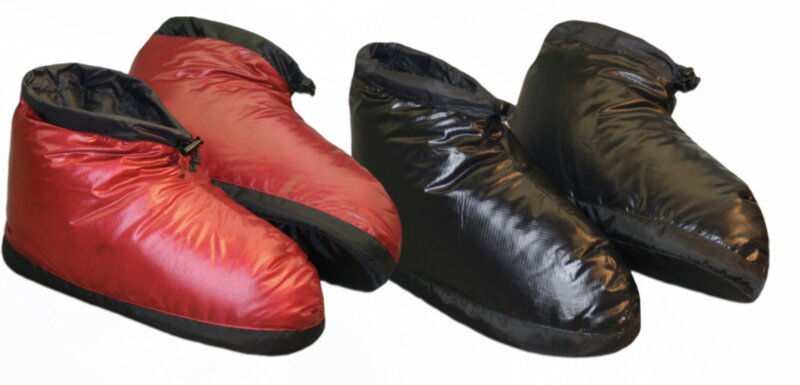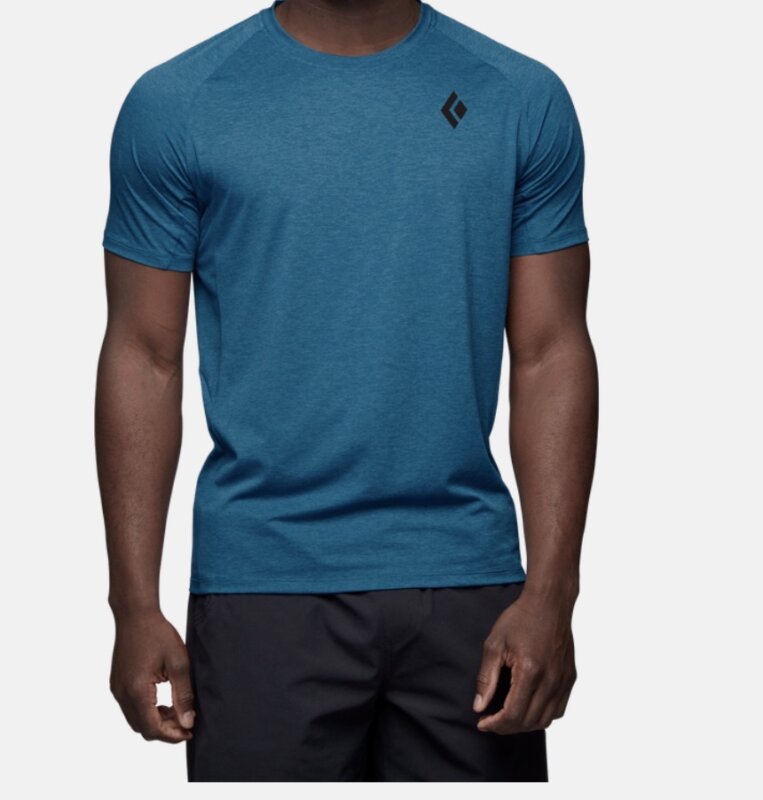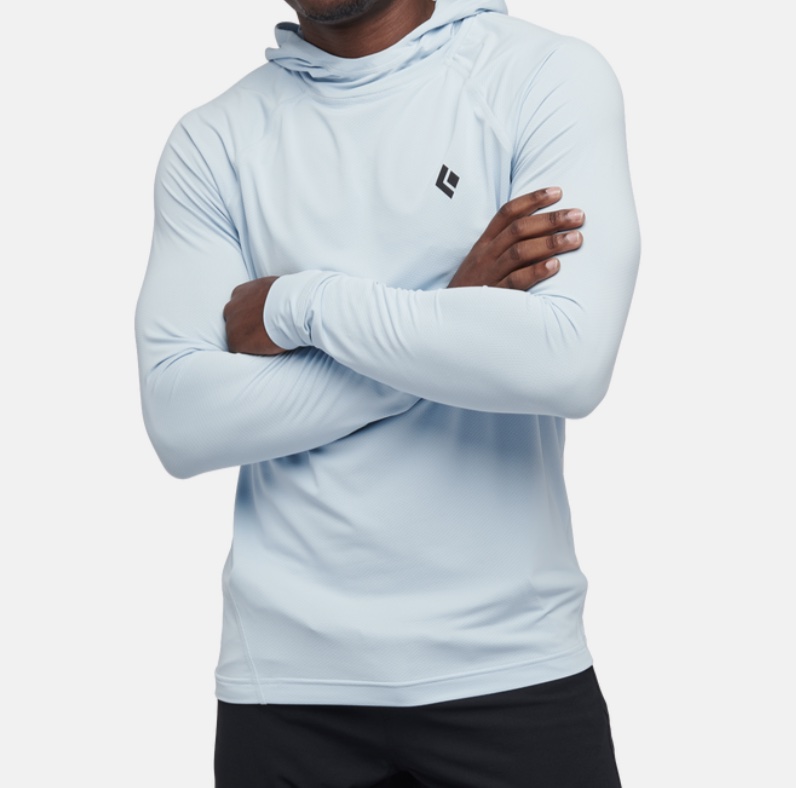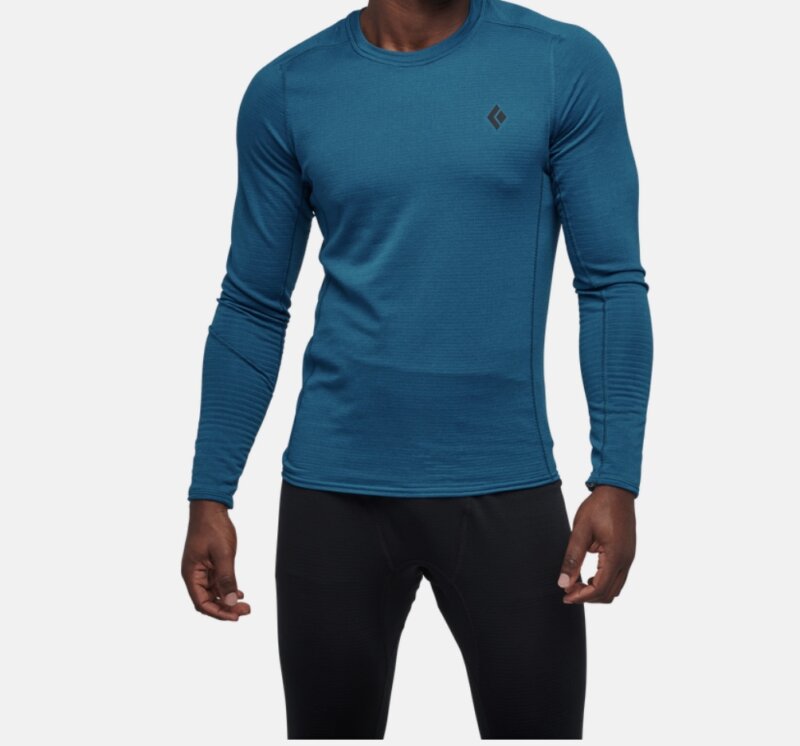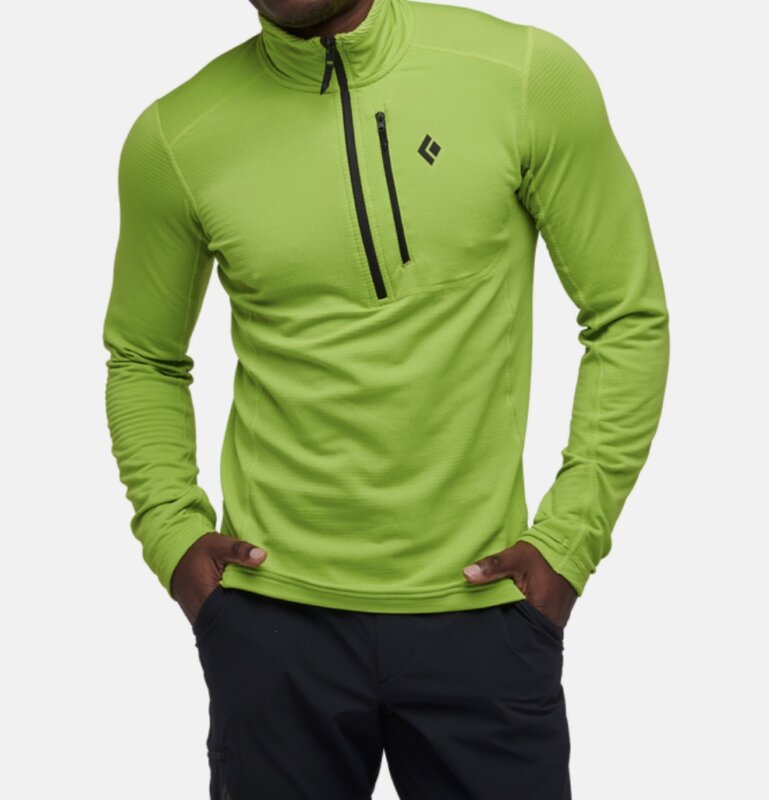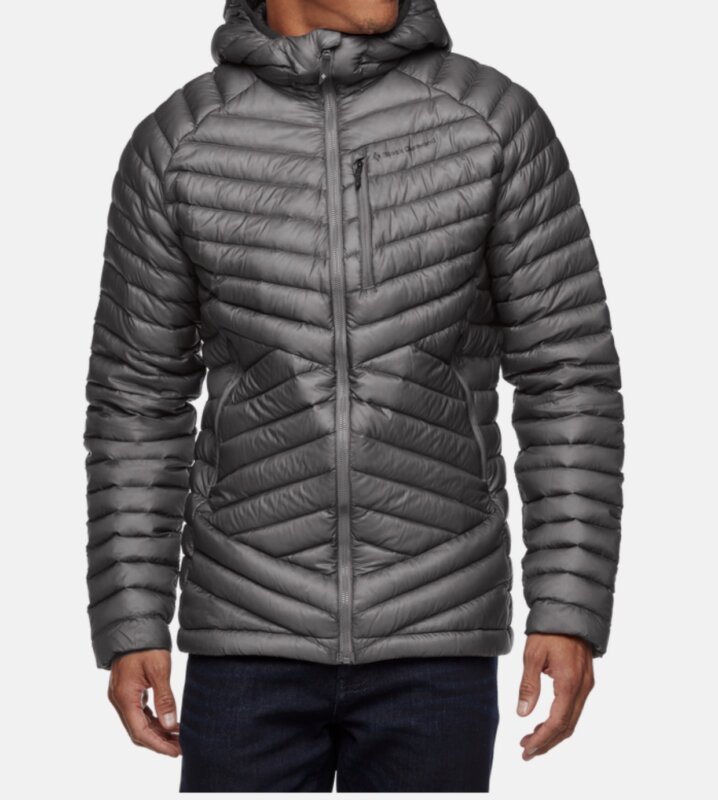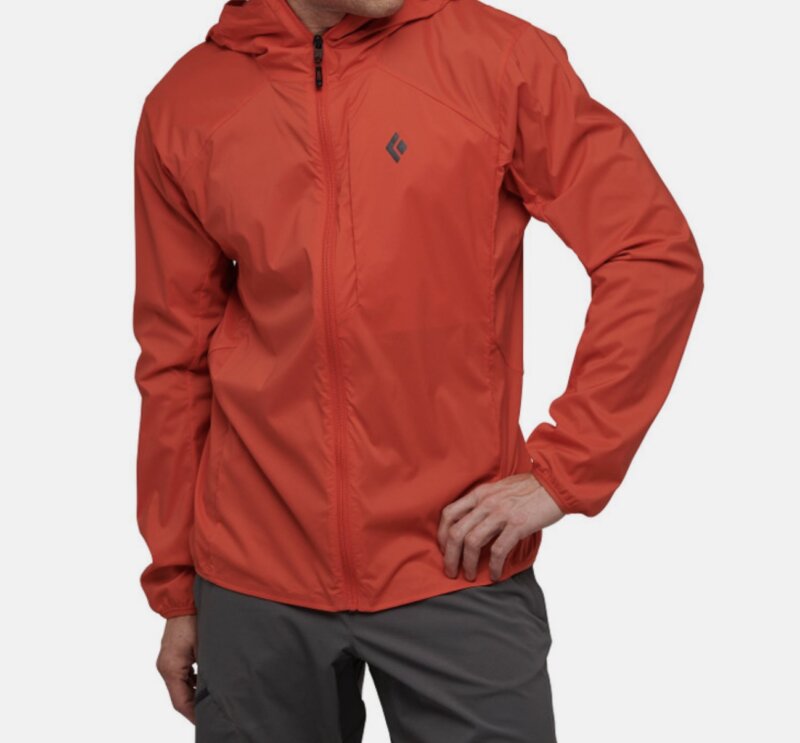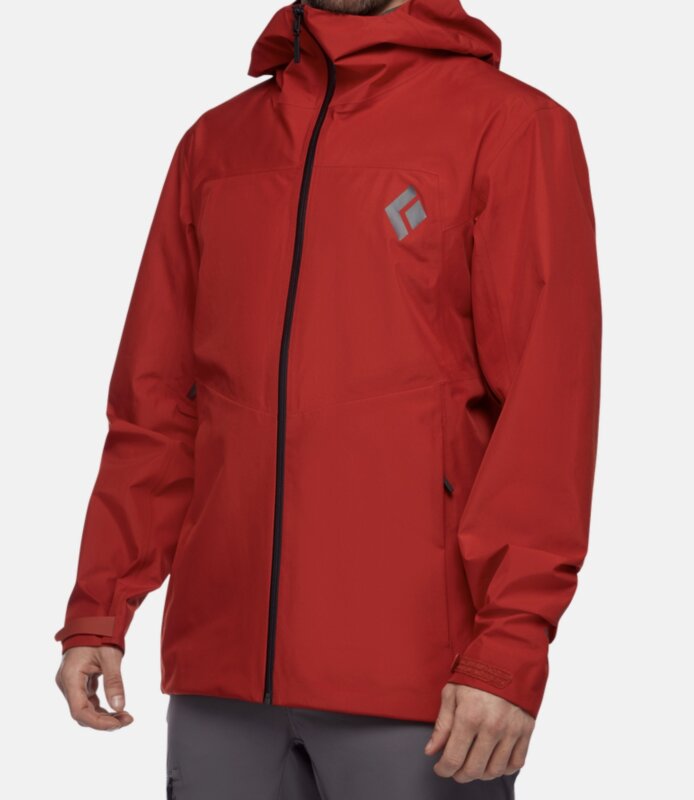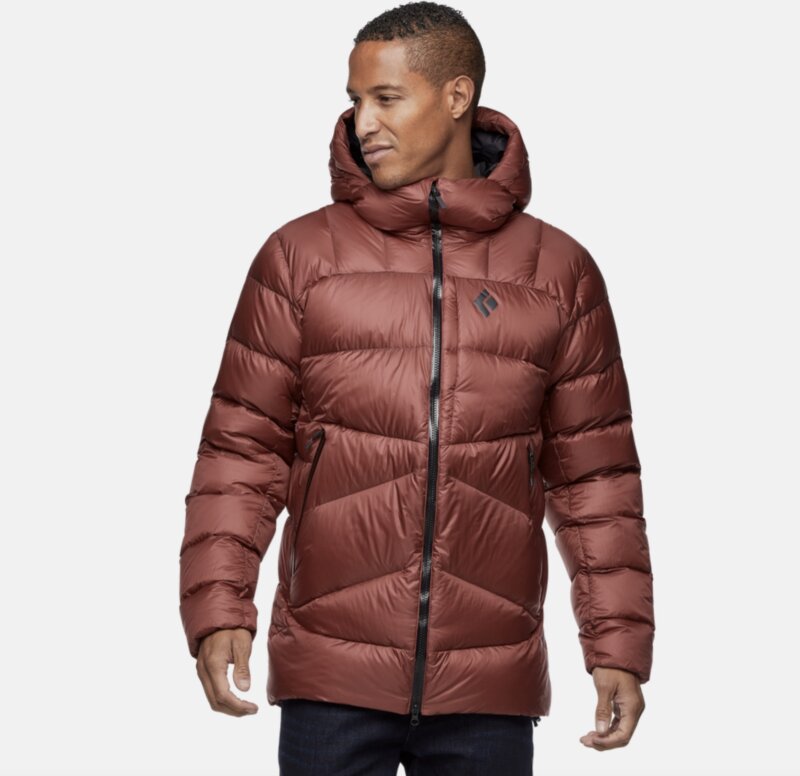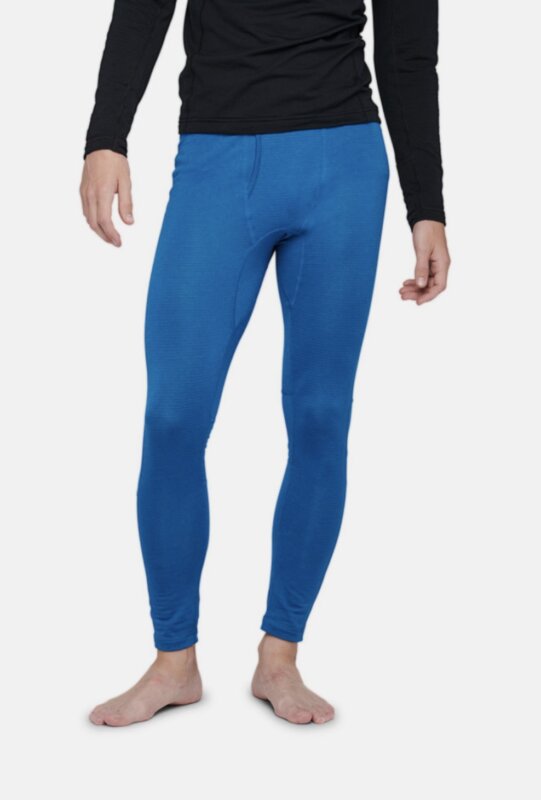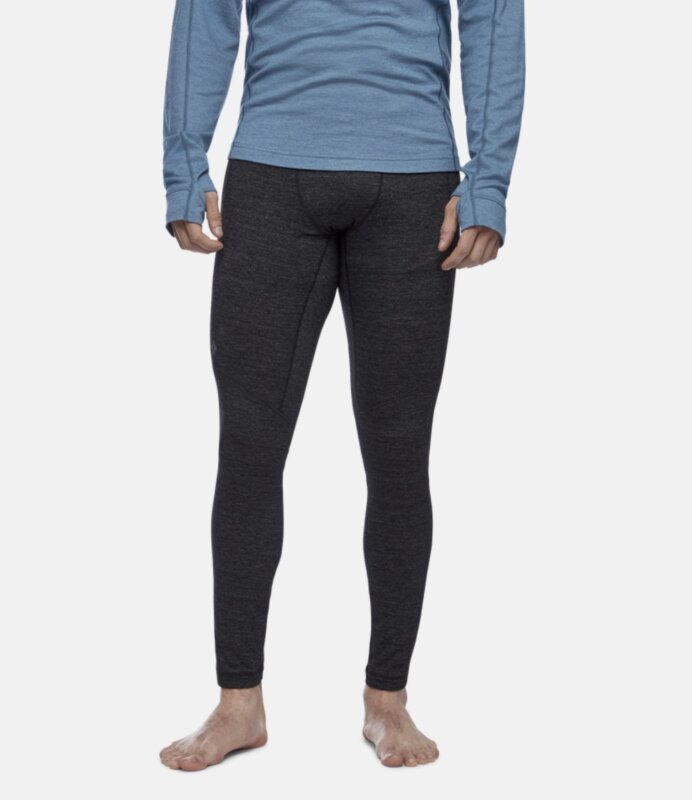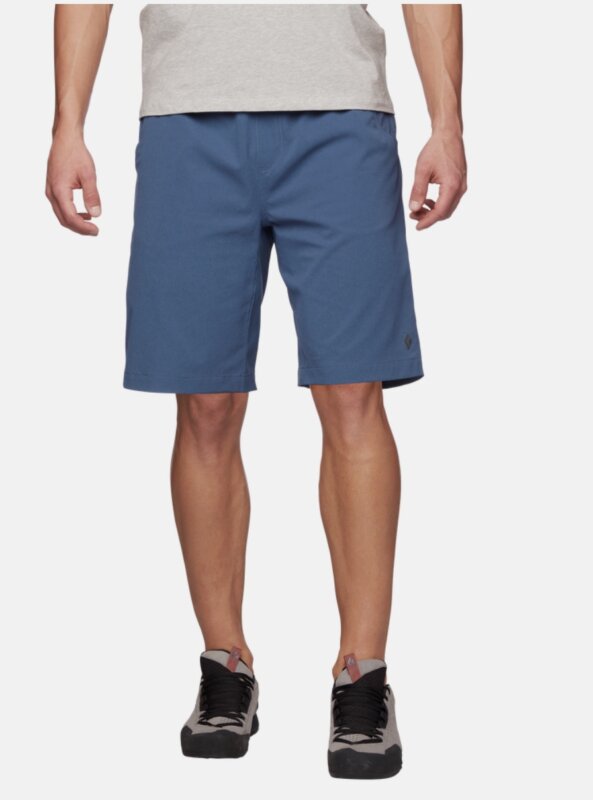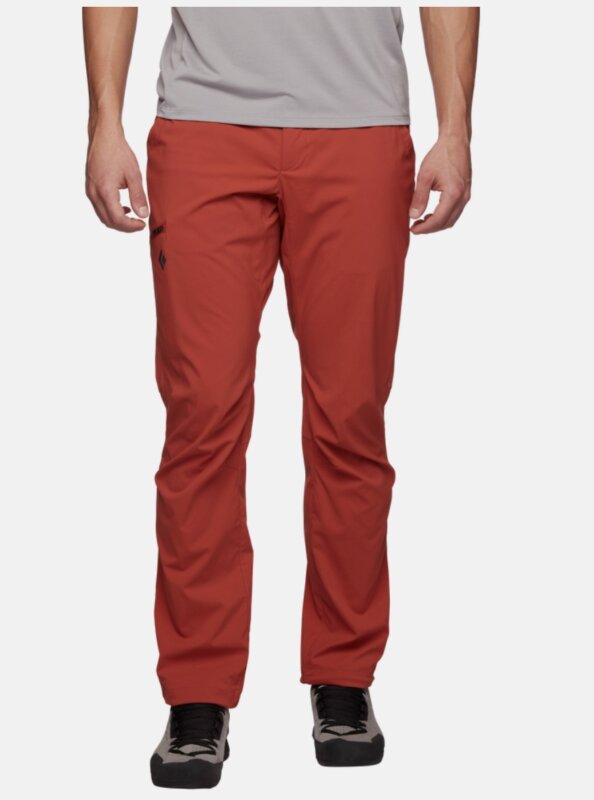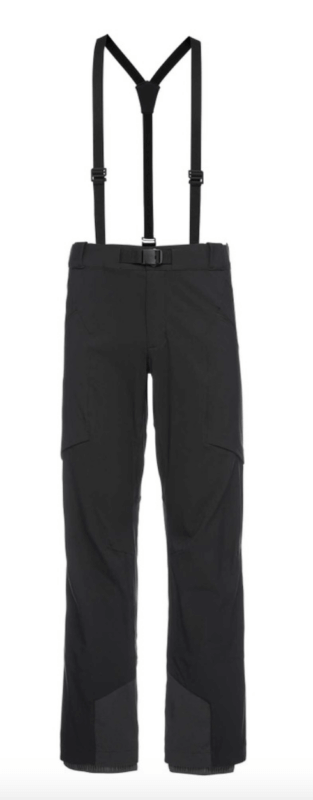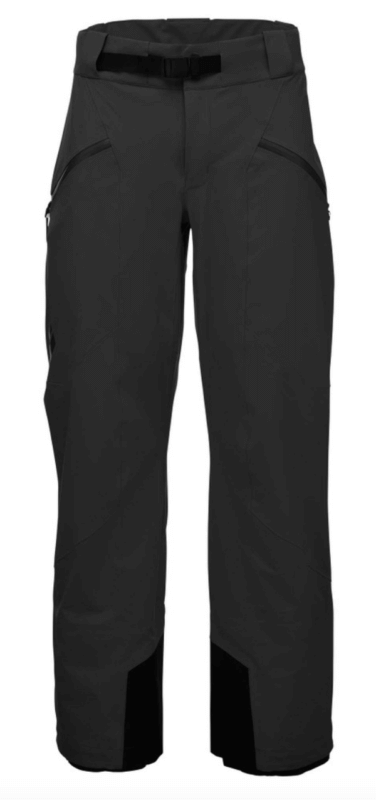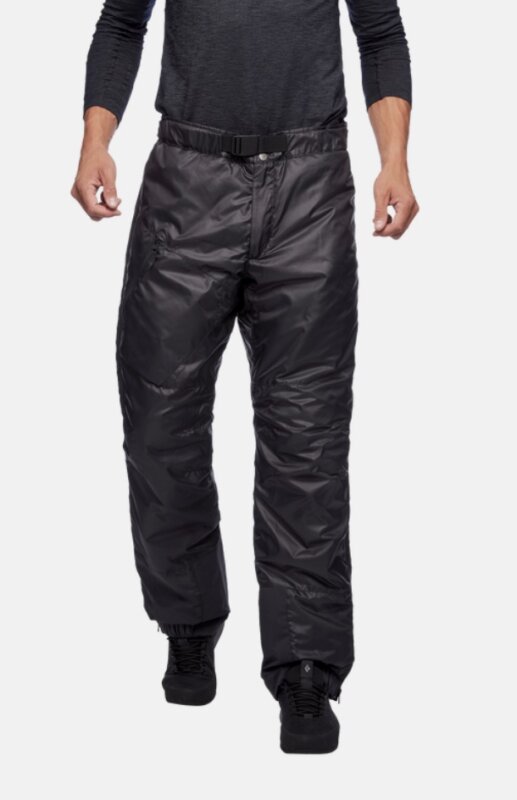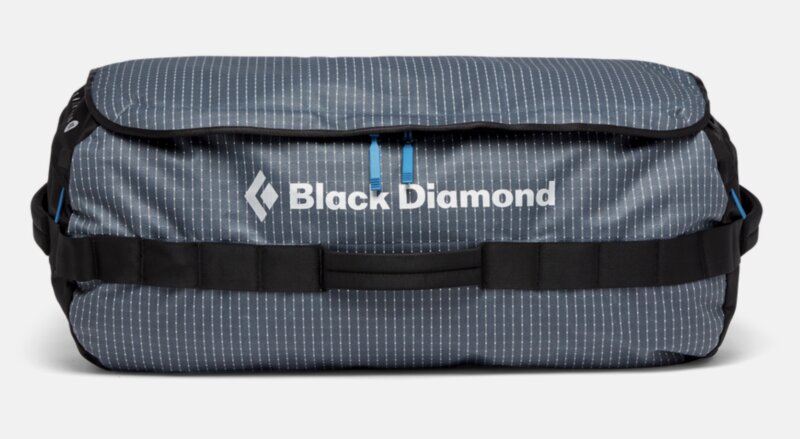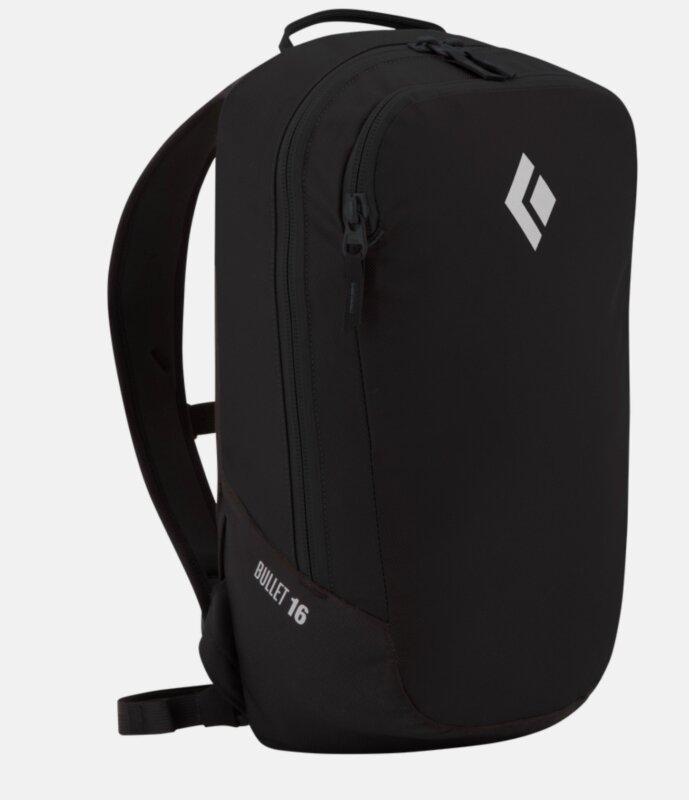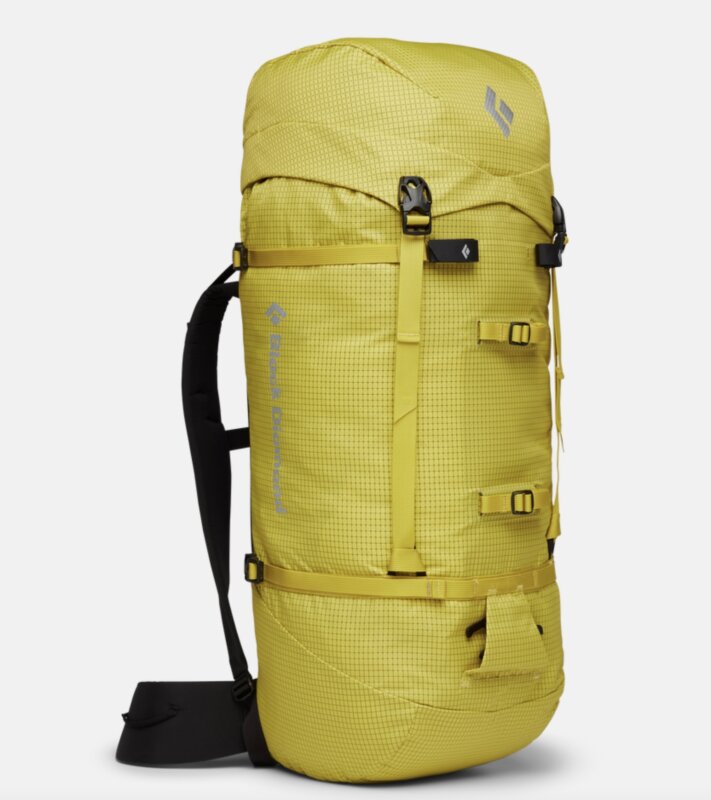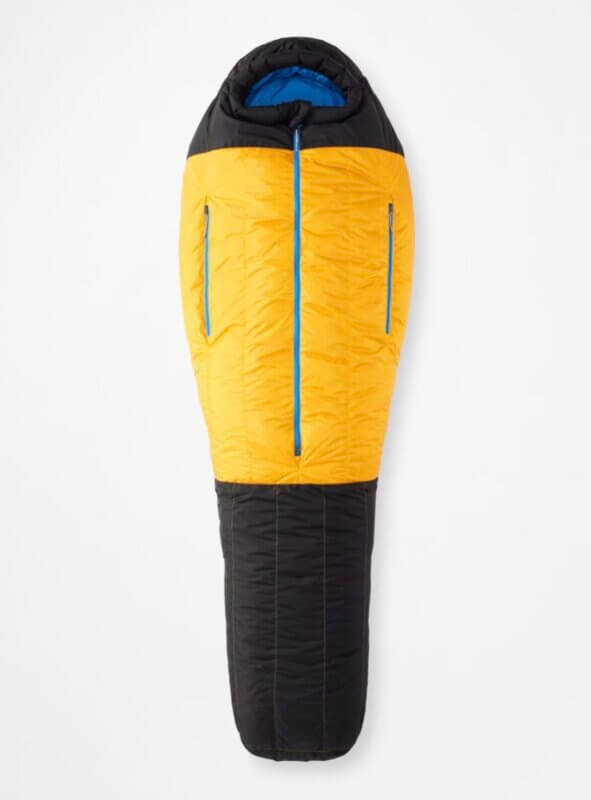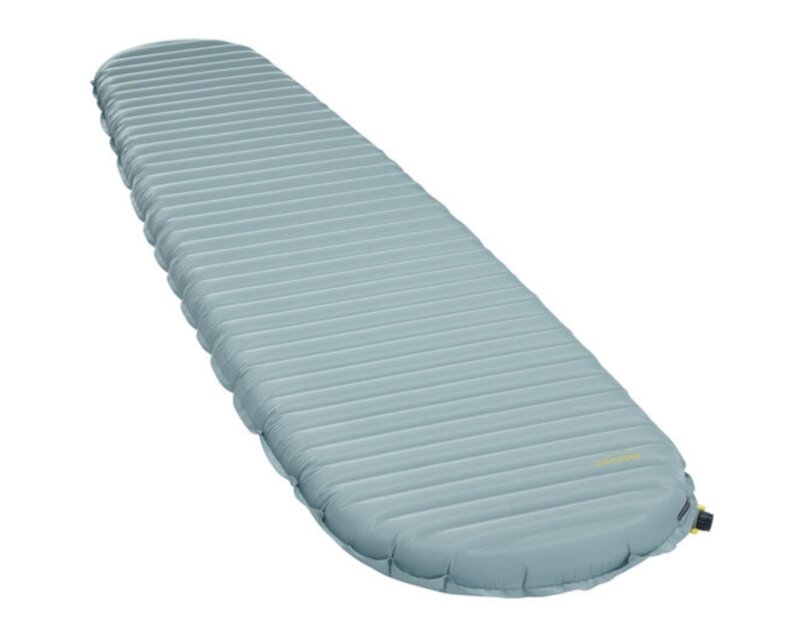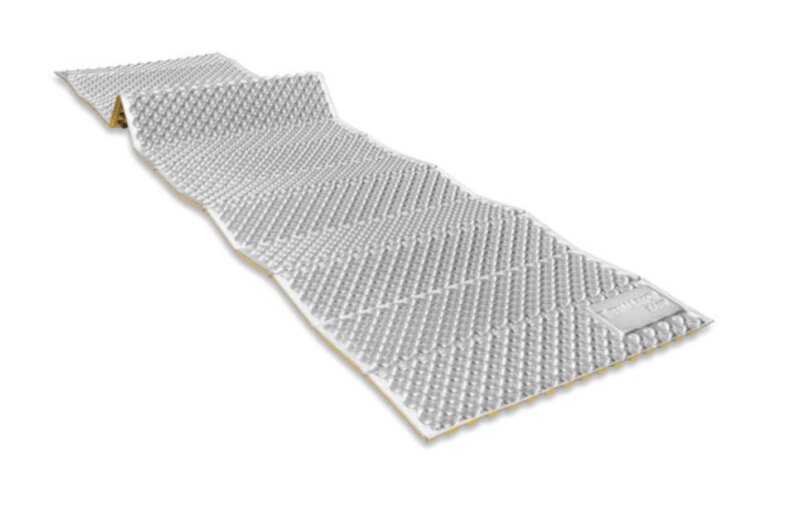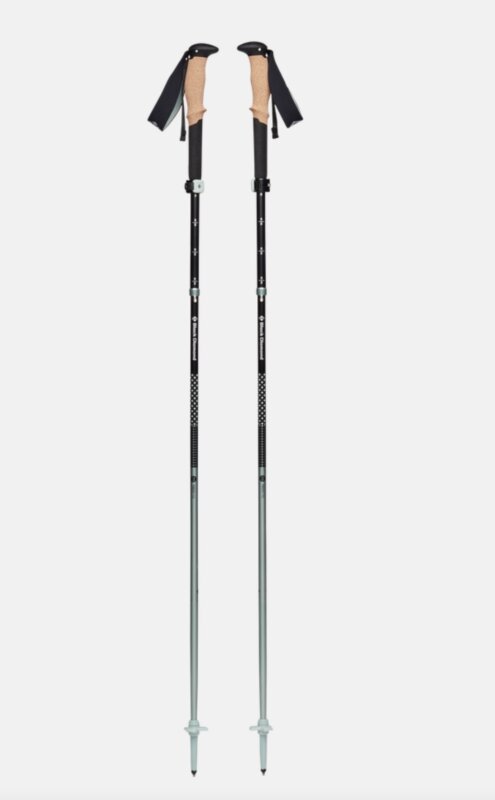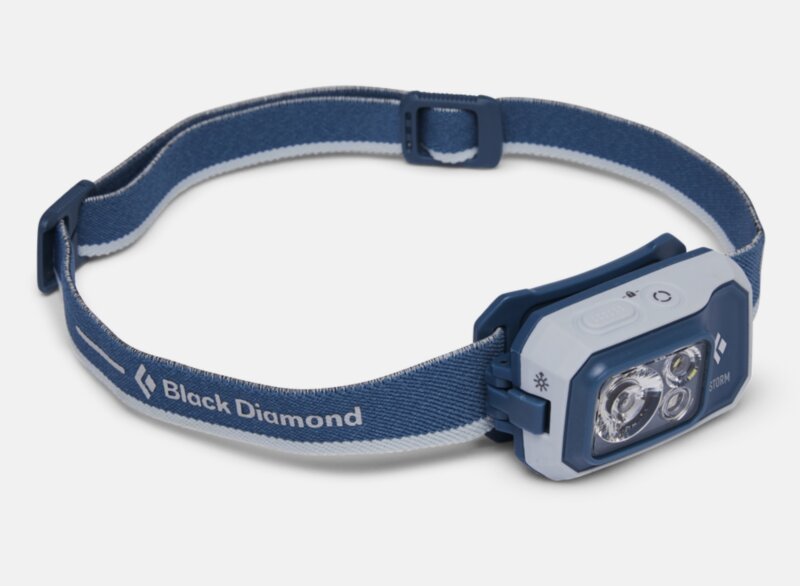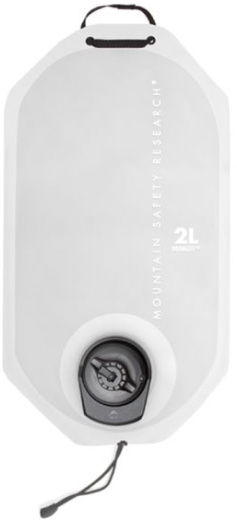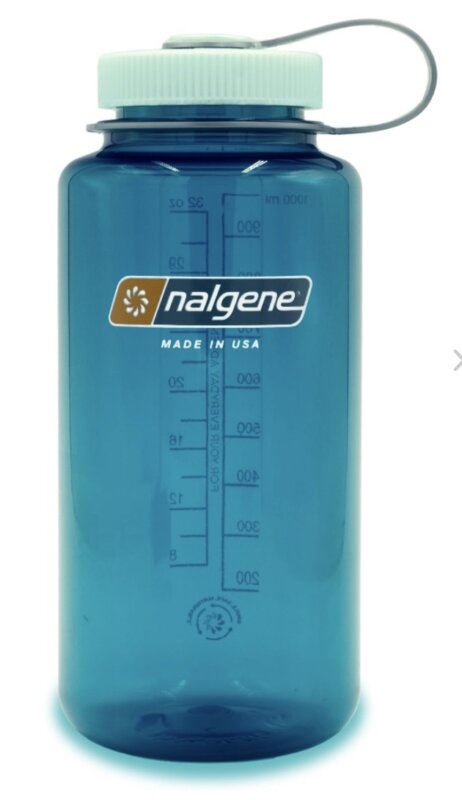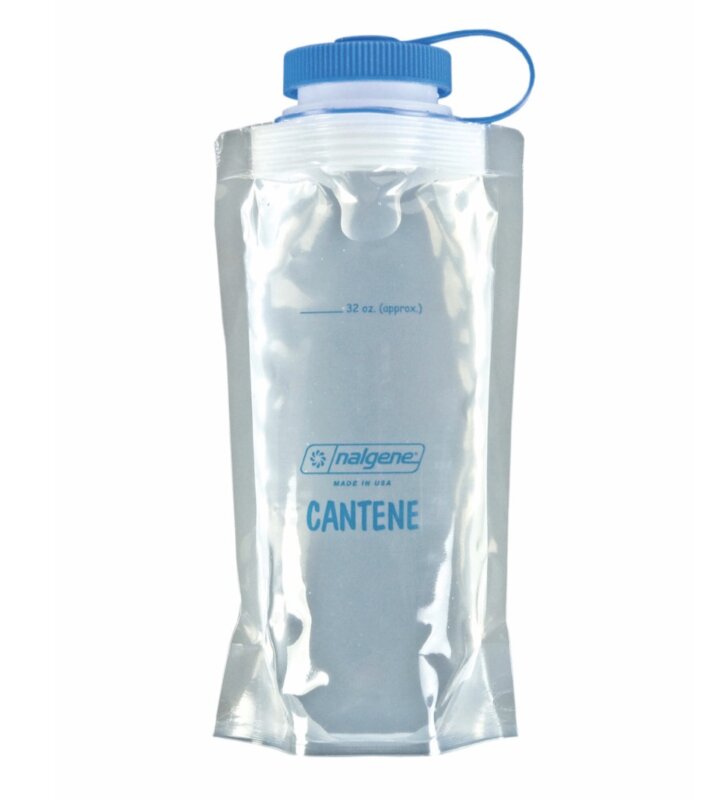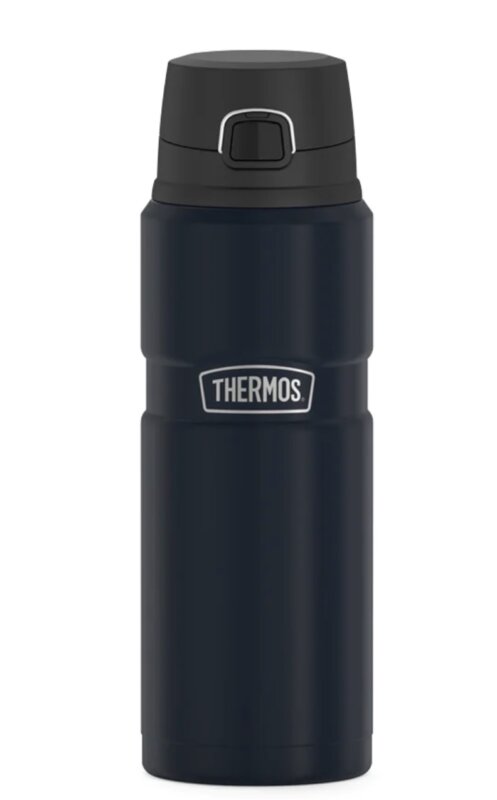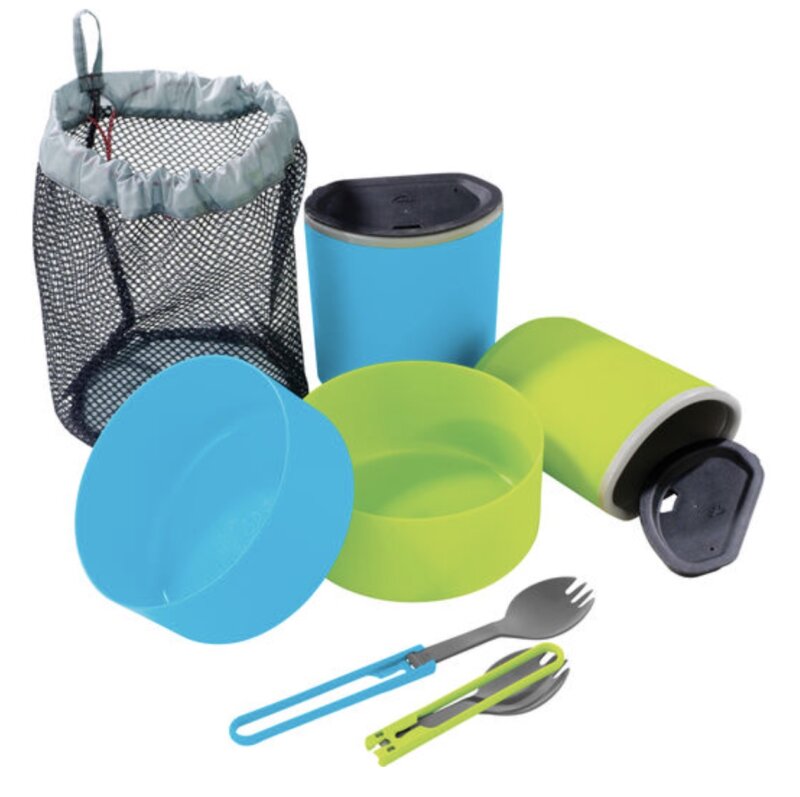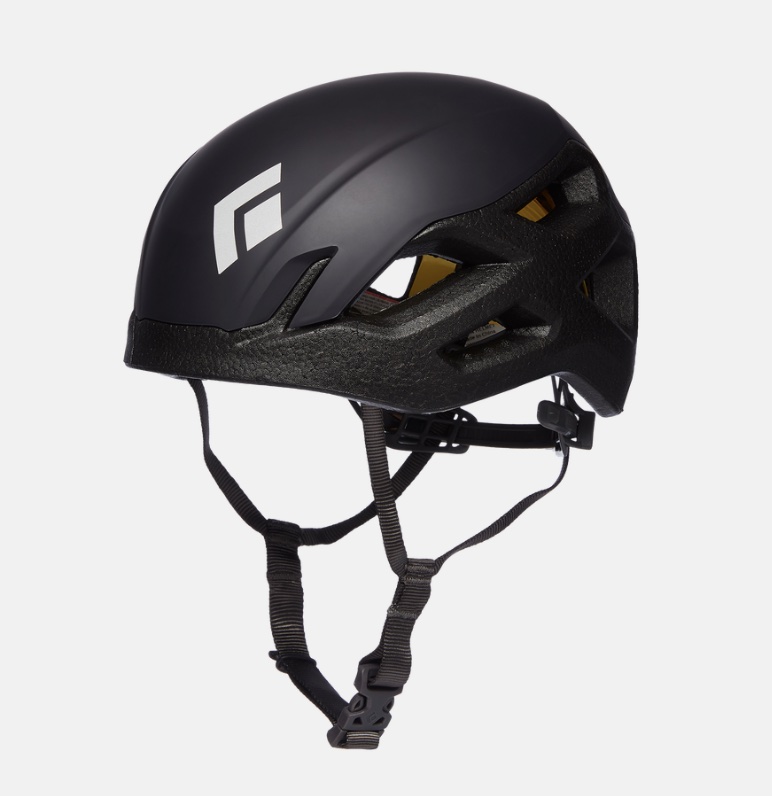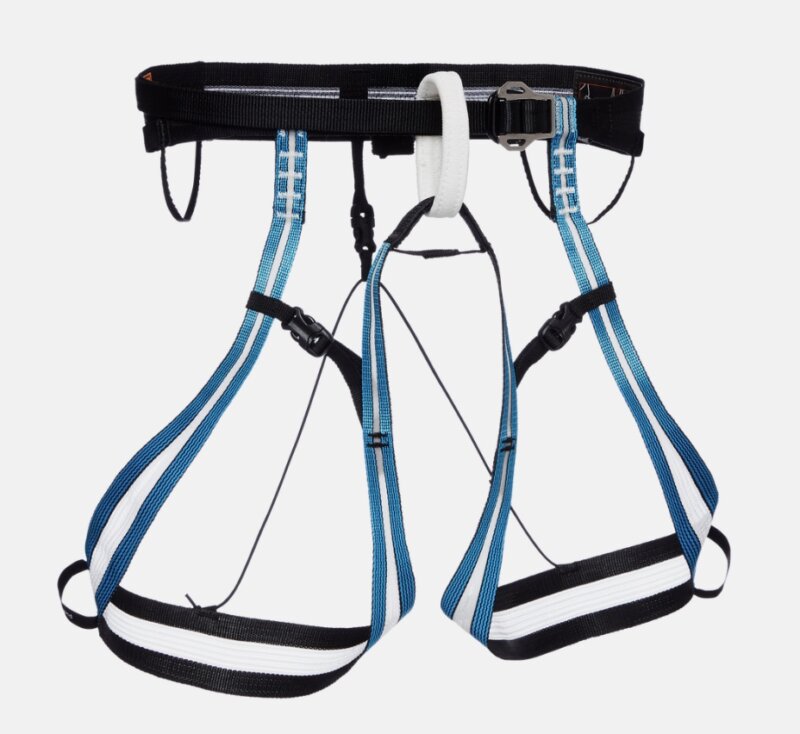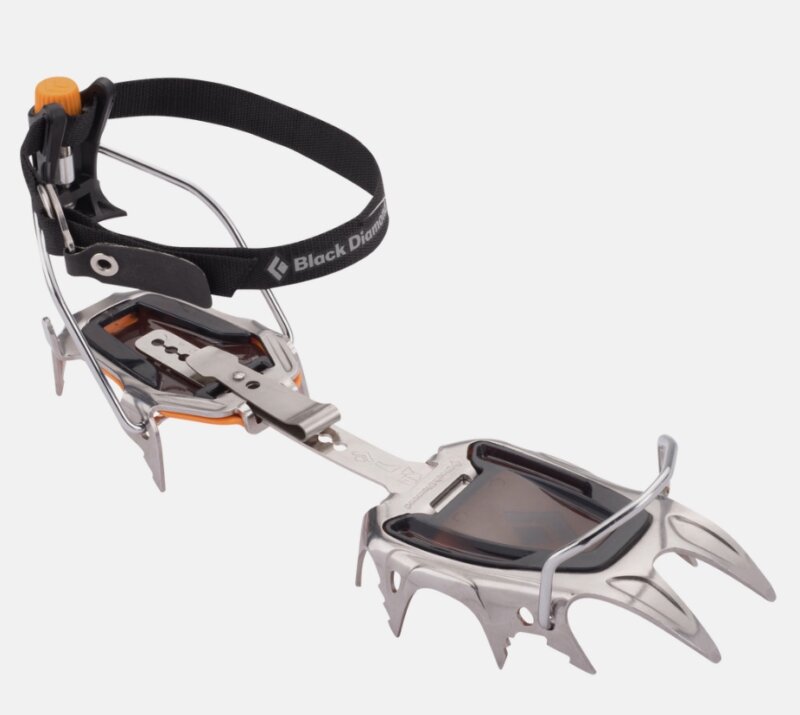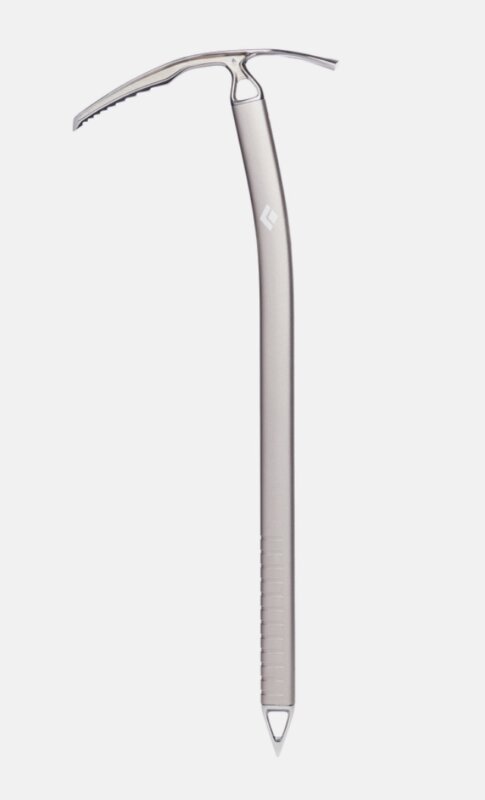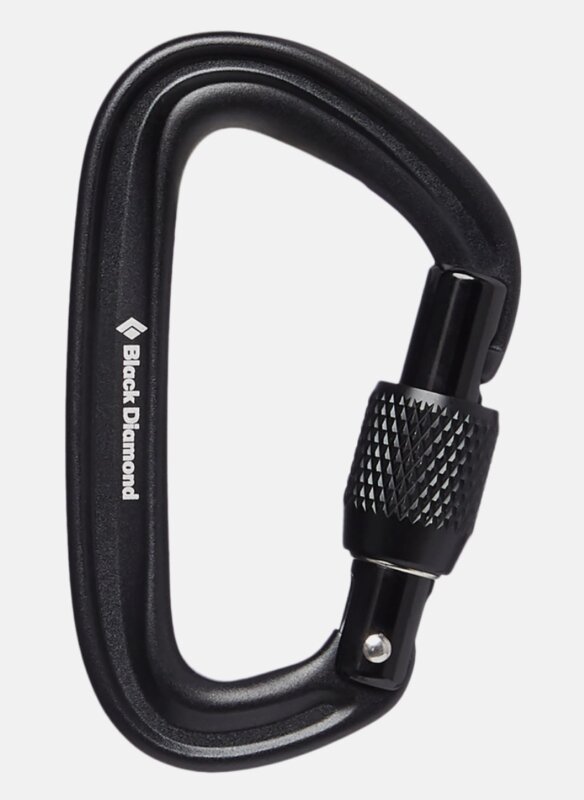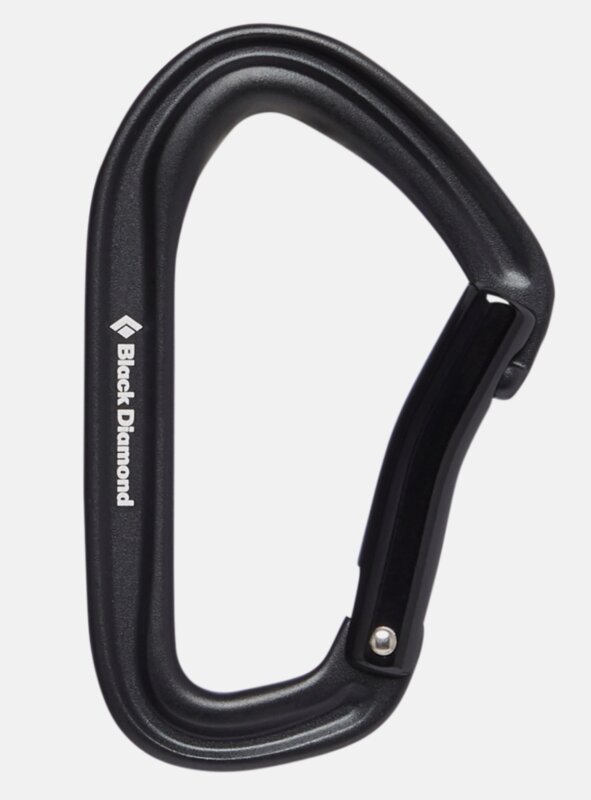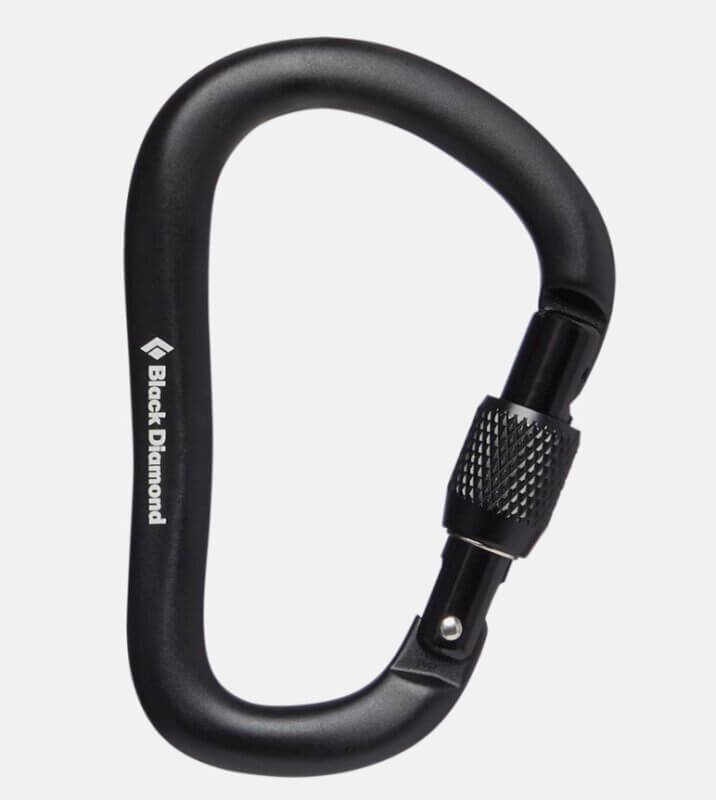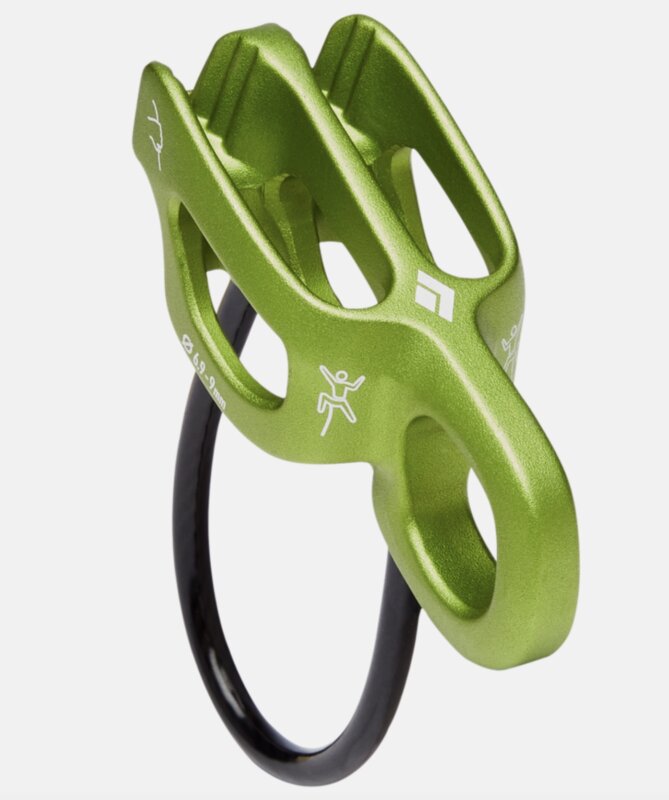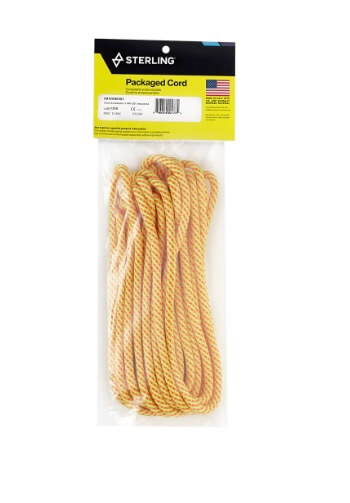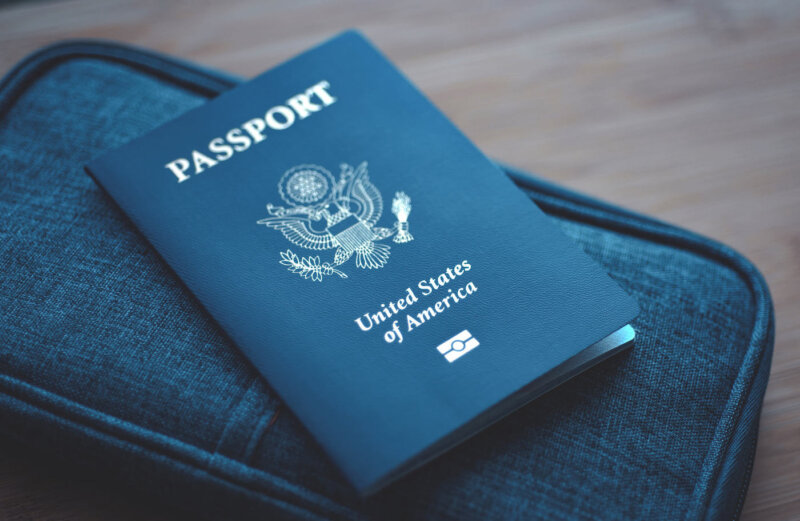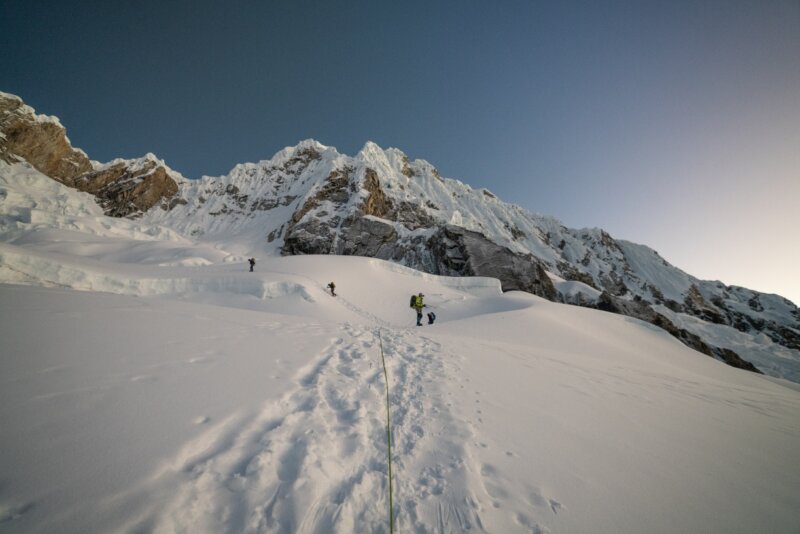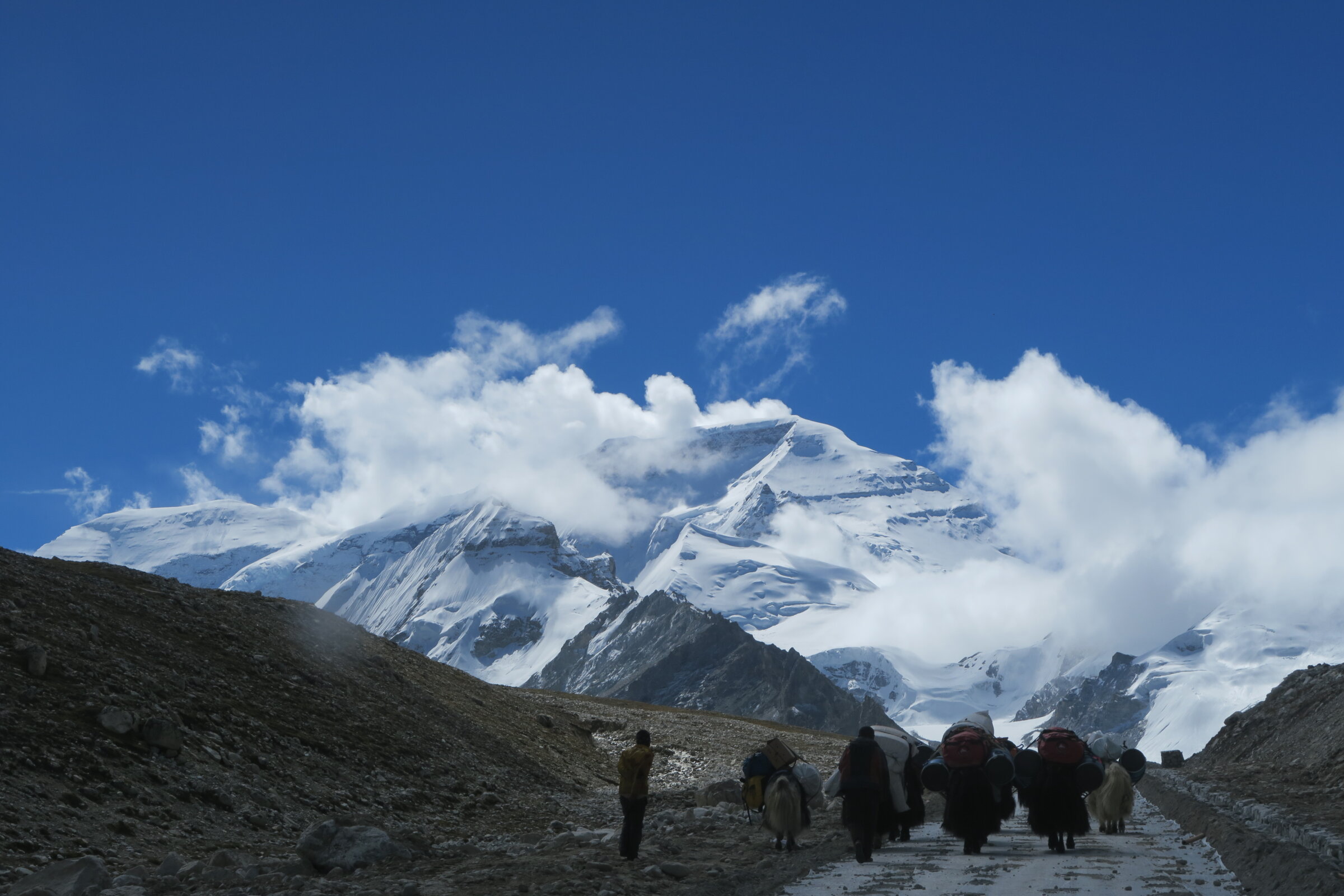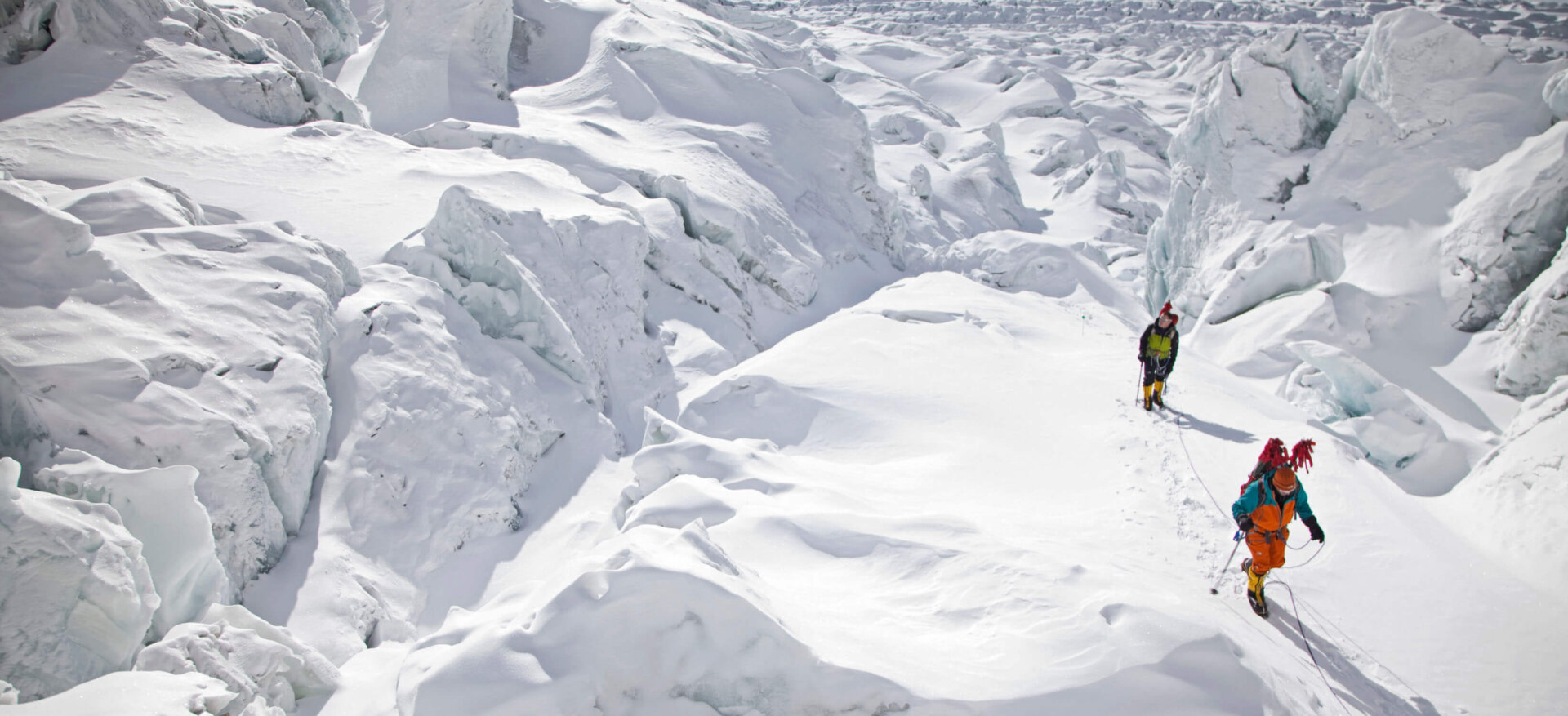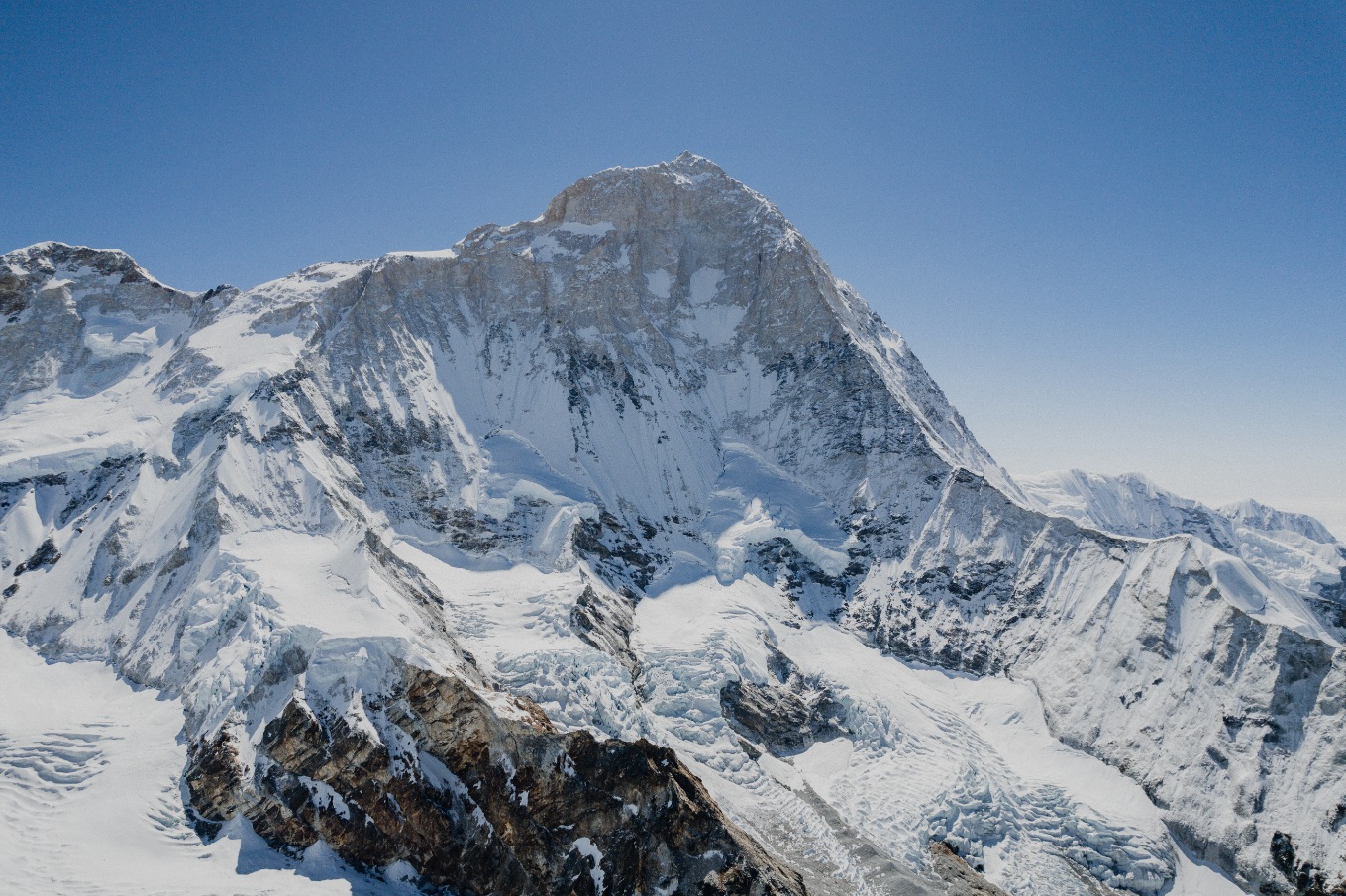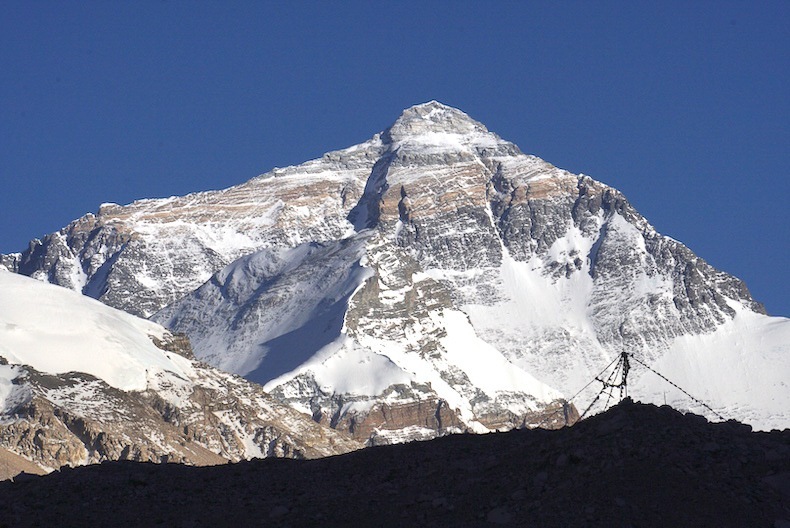Peak Lenin Expedition
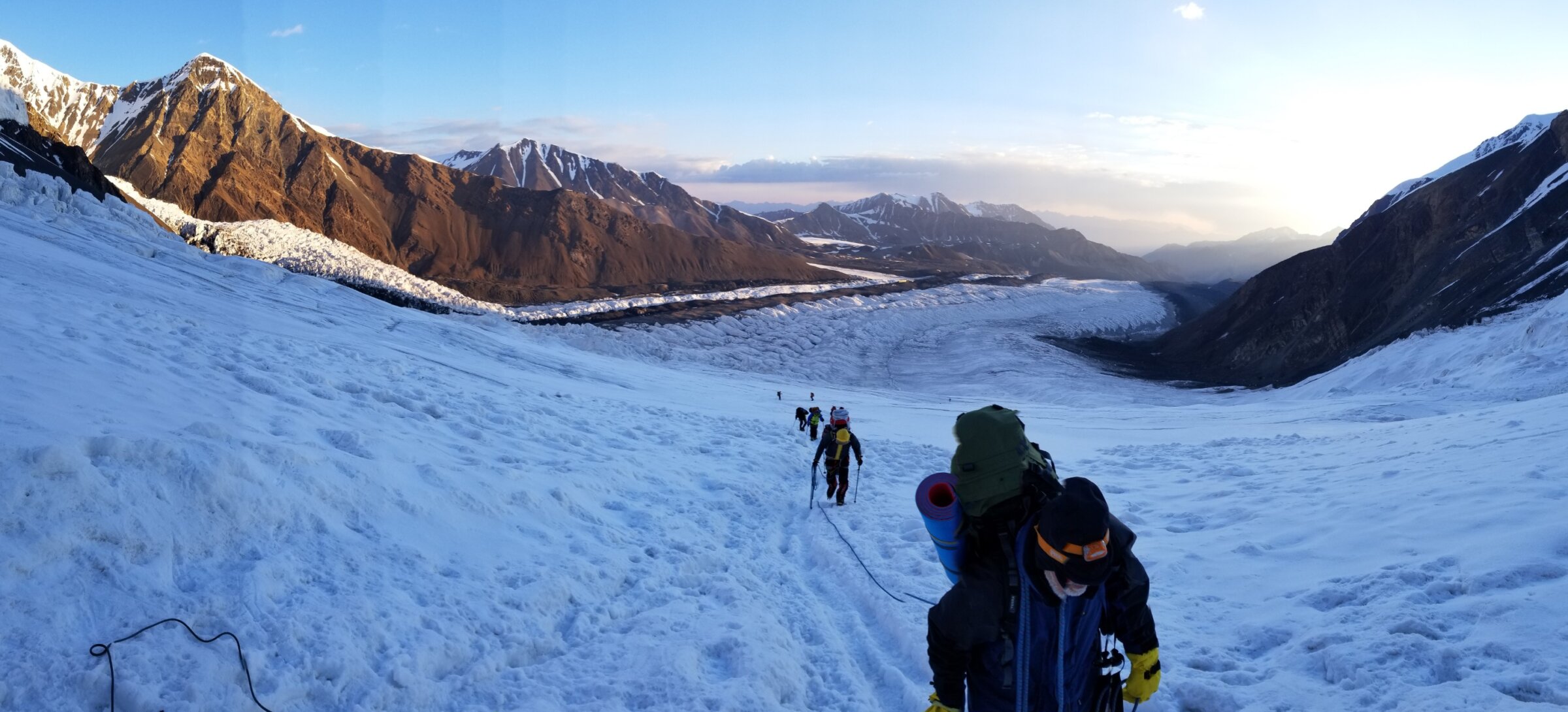
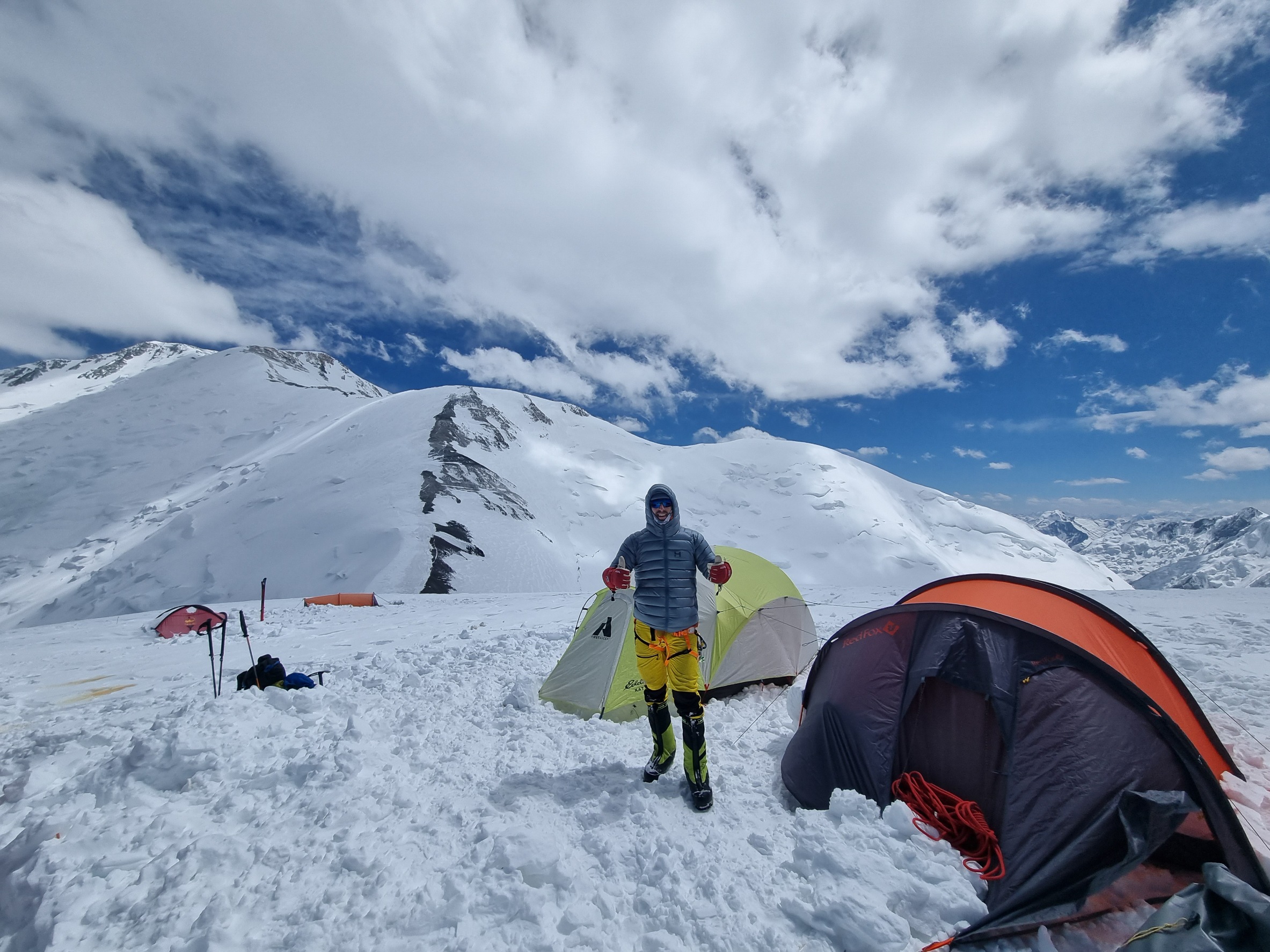
Peak Lenin Rapid Ascent™ Expedition
Peak Lenin is the Perfect 8,000m Prep Expedition
Climbing a 7,000m peak is an important step in a mountaineer’s preparation to reach 8,000m, and the Peak Lenin climb offers everything one could want in a 7,000m climb. Multiple camps, glacial climbing, an acclimatization rotation, and fun climbing at high altitude. Peak Lenin itself is a stunning peak that rises high above the valley floor, rewarding climbers with not only stunning views, but also the experience necessary to take the next steps in their climbing careers if their eyes are set on 8,000m peaks.
- Day 1
- Arrive in Bishkek
After arriving in Bishkek, our team will meet you at the airport and transport you to our hotel. We’ll get some much-needed rest and start to get over our jet lag.
- Day 2
- Travel to Base Camp
We’ll start our morning with a short flight from Bishkek to Osh. From there, we’ll drive across the Pamir Highway to BC. The drive will see us cross the Taldyk Mountain Pass, where the Alay Valley will open up before us. The towering peaks of the Zaalay Range of the Pamirs will loom in the distance a grow ever closer as we make our way to Base Camp. After our stunning drive, we’ll reach the Peak Lenin Base Camp on the Edelweiss Glade, resting at (11,800’, 3,600m).
- Day 3
- Trek to Advanced Base Camp
Today we’ll head out from base camp and make our way to Advanced Base Camp. The trek will see us climb over the Puteshestvinnikov Pass (4,200m) and descend to the moraine of the Lenin Glacier. We’ll follow the glacier the rest of the way to Advanced Base Camp at 14,400’, 4,400m.
- Day 4
- Rest/Acclimatize
After a long day of trekking yesterday, we’ll spend the day resting and acclimatizing in ABC.
- Day 5
- Climb to Camp 1
Today we’ll start our acclimatization rotation bright and early, leaving ABC for the gradual snow slopes on the Lenin Glacier until we reach the foot of the North Face of Peak Lenin. From here we’ll make a traverse across a steep slope that is often covered in deep snow, working towards a plateau that is known as the “Frying Pan”. We’ll cross the plateau and reach Camp 1 at 17,400’, 5,300m.
- Day 6
- Touch C2
Leaving C1 behind, we’ll start making our way up the 25-30 degree snow slope before traversing towards the summit of Razdelnay Peak, a sub-peak of Lenin that will be the high point of our acclimatization rotation. At 20,300’, 6,200m and the top of Razdelnay Peak, we’ll have also arrived at Camp 2. We’ll stick to the age old tactic of “climb high, sleep low” and descend from there back to ABC.
- Day 7
- Advanced Base Camp Day
We’ll spend the day resting and recovering at Advanced Base Camp and get psyched for the next round of climbing!
- Day 8
- Climb to C1
Having allowed our bodies to recover from our acclimatization rotation, we’ll start our summit bid by re- climbing the gradual snow slopes of the Lenin Glacier before making our way across the Frying Pan to C1. We’ll make quicker work of this terrain having seen it before and being well acclimatized.
- Day 9
- Climb to C2
Today will see us cover familiar ground once again as we climb the steeper snow slope to the top of Razdelnaya Peak and C2. Tomorrow we’ll take off into new terrain once again as we make a short move to Camp 3 at 21,000’.
- Day 10
- Climb to C3
Today we’ll have a short and easy day moving from C2 to C3, as we climb 650’ and just over a mile to reach the high camp of the mountain. This short and easy day will best set us up for success on our summit bid the following morning. We’ll get some much needed rest and prepare for our summit bid the next morning.
- Day 11
- Summit Bid
An early morning will see us start our bid for the summit of Lenin Peak. Traversing across the plateau that C3 rests on, we’ll continue up the ridge. From here, it becomes more steep as we follow the “knife” ridge for nearly 1,000’ before reaching a large snow plateau. After crossing this plateau, we’ll rejoin the ridge to the summit of Peak Lenin, 23,400’, 7,134m. At the summit we’ll be met with spectacular views of the Pamirs, reaching across to Mustagh Ata and Kongur in China and to the Hindu Kush and the Karakoram of Pakistan.
We’ll have a quick celebration on the summit, fist bump the small statue of Lenin that sits atop the peak, and then start our descent back down to C3. It will be a big day, taking us 8-9 hours total.
- Day 12
- C1 to ABC
After a successful summit of Peak Lenin, today we’ll make the descent back down to Advanced Base Camp.
- Day 13
- Descend to BC
Today we’ll finish our descent off Peak Lenin and make our way to back up and over Puteshestvinnikov Pass to Base Camp.
- Day 14-15
- Extra Days
We use these days as extra days in case of weather
- Day 16
- Drive to Osh
Today we’ll leave base camp and make our way back to the city of Osh where a warm shower and a clean bed awaits.
- Day 17
- Fly from Osh to Bishkek
Today we’ll take a short flight from Osh to Bishkek, making the end of the expedition. From Bishkek, you’ll depart for home
